Surprising features of the human body
04 Jul 2023There are a lot of unusual people on our planet, who are either born like this, or acquire strange abilities after certain circumstances. Some of them do not attract attention, but others are very memorable. Most of the phenomena of unusual human appearance cannot be explained even by the most experienced ministers of science. Let's look at 50 genetic features of the human body.
Avatar-Like Features
Tsunaina, a Tibetan model, has recently taken the internet by storm with her astonishing resemblance to the fictional Na'vi characters from the movie Avatar. Her Avatar-like features have garnered widespread attention and praise online. Tsunaina's most notable resemblance to the Na'vi lies in her large, captivating eyes, which boast a striking shade of blue. These enchanting eyes immediately draw comparisons to the fictional beings from the movie. Additionally, her flawless complexion, high cheekbones, and well-defined facial structure further contribute to her Avatar-like appearance. It is important to recognize that Tsunaina's features are a result of natural variations in human appearance and genetics. While her resemblance to the Na'vi has garnered attention, it serves as a testament to the powerful influence of art and imagination in capturing our collective imagination and appreciation for beauty.
![]() @Tibetan Model Stuns Internet with Her Avatar Like Features/FunnyPranksMedia/YouTube.com
@Tibetan Model Stuns Internet with Her Avatar Like Features/FunnyPranksMedia/YouTube.com
Crossed Eyes
Crossed eyes, also known as strabismus, are a condition characterized by the misalignment of the eyes. In a person with crossed eyes, one or both eyes may turn inward, outward, upward, or downward, resulting in an inability to properly focus both eyes on the same point. This misalignment can occur constantly or intermittently. Crossed eyes can be caused by various factors, including problems with the eye muscles, nerve abnormalities, or issues with the control and coordination of eye movements. It can also be associated with certain underlying conditions, such as cerebral palsy, Down syndrome, or certain genetic disorders.
 @CROSS EYED? What is Strabismus - (Types, Causes, Treatments) Eye Doctor Explains/Doctor Eye Health/YouTube.com
@CROSS EYED? What is Strabismus - (Types, Causes, Treatments) Eye Doctor Explains/Doctor Eye Health/YouTube.com
Hypertrichosis
Victor Gomez, a resident of San Bernardino, California, has earned the nickname 'Wolf Man' due to the extensive coverage of thick, dark hair on 98 percent of his body, including his face.
Victor came into the world with a condition known as congenital generalized hypertrichosis, an exceptionally rare genetic disorder that impacts fewer than 100 individuals globally, including certain members of his own family. During his school years, Victor, who was cruelly referred to as Larry Gomez, faced bullying and social ostracization due to his unique appearance. However, as he ventured into the world of Hollywood, he gradually embraced his distinctive features and has now become renowned as the hairiest man in the world.
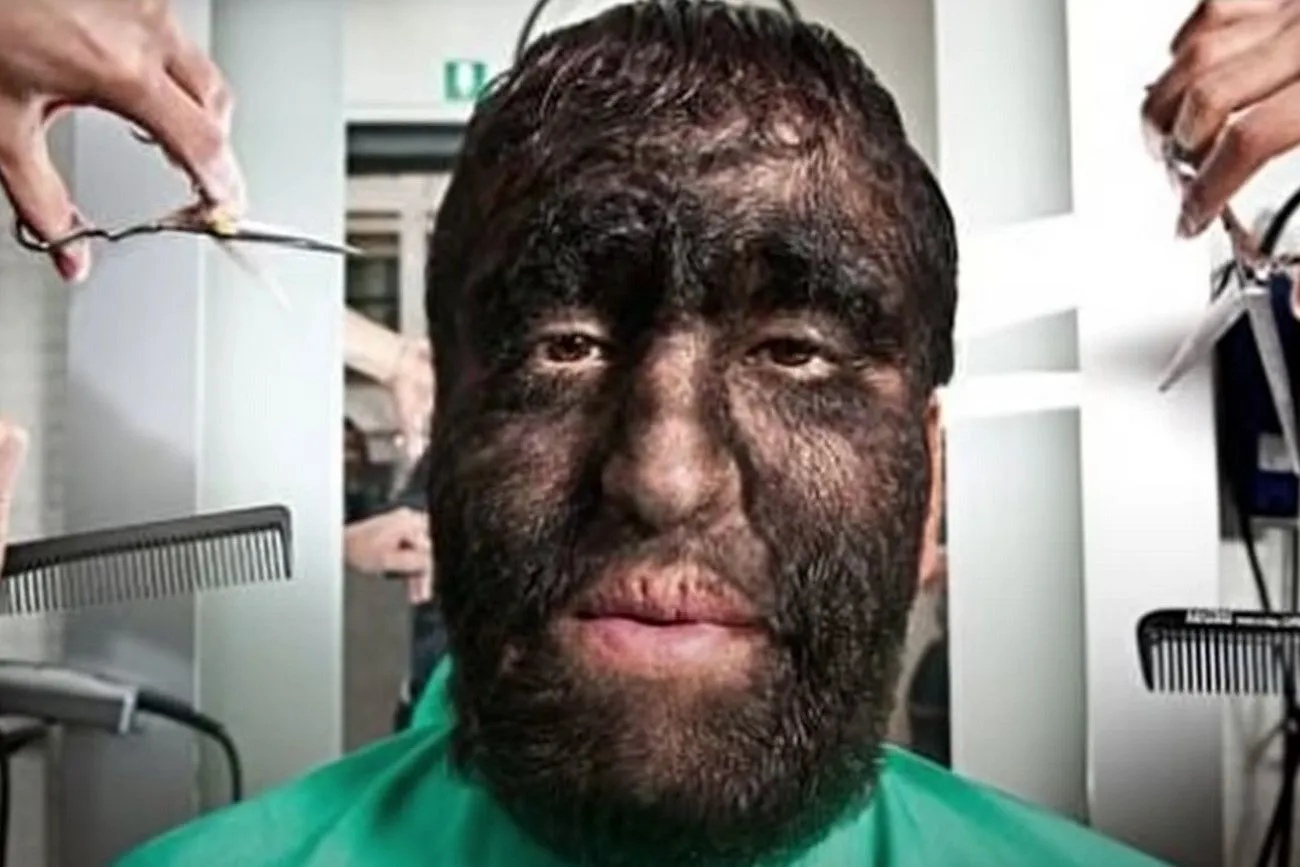 @People Who Are One in a Million/BE AMAZED/YouTube.com
@People Who Are One in a Million/BE AMAZED/YouTube.com
Polyplopia
Sometimes you can come across people with double pupils. This phenomenon is called diplopia or polyplopia. It occurs when a person experiences double vision. Instead of seeing a single clear image of an object, a person with double pupils perceives it as two separate images that can be located side by side, vertically, or horizontally. Double pupils can be caused by various factors, including issues with eye muscles, the nervous system, refraction (the eye's ability to focus), or other factors that affect the visual process. It can be a temporary condition, such as after a head injury, or a chronic condition, such as muscle imbalance of the eyes or optic nerve disorders.
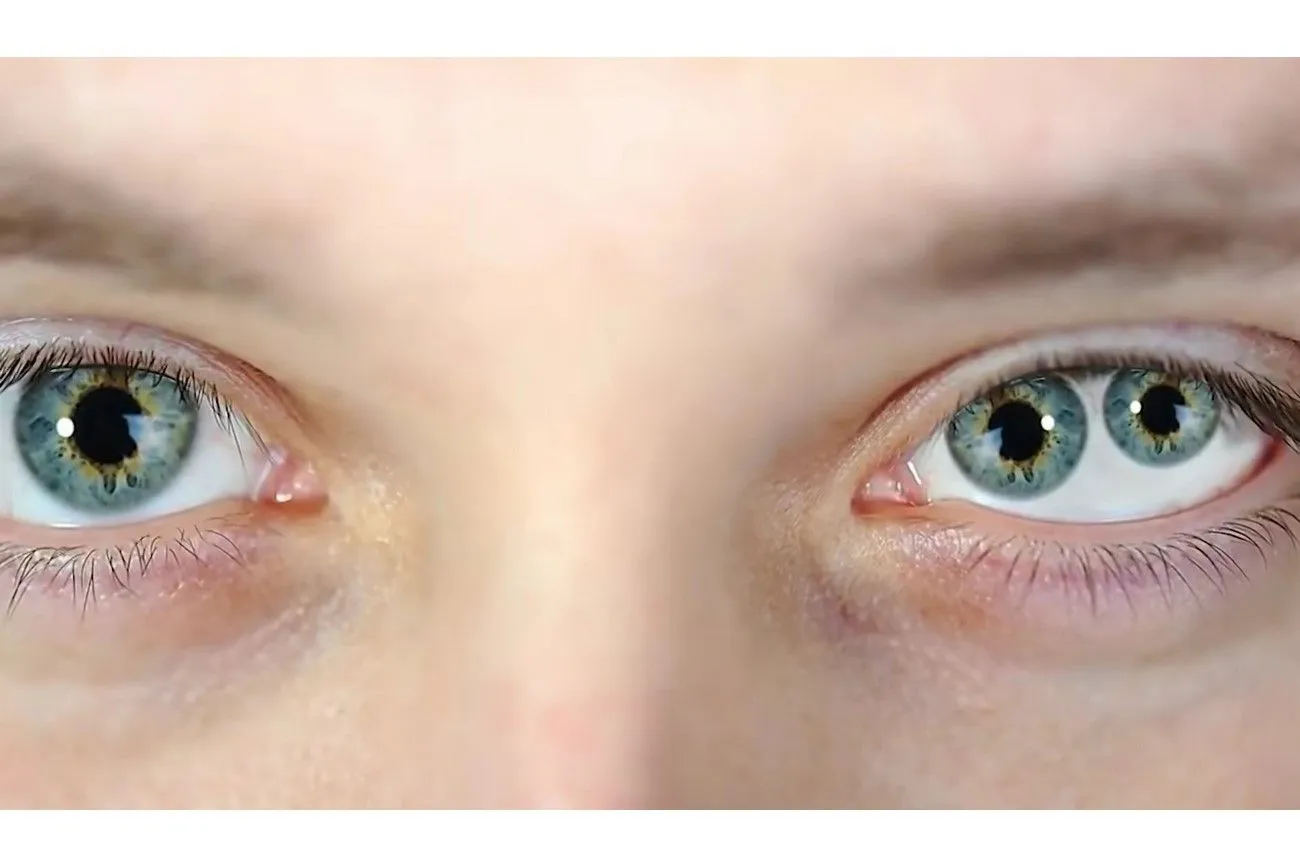 @People With Rare Body Features You Won't Believe/The Fancy Banana/YouTube.com
@People With Rare Body Features You Won't Believe/The Fancy Banana/YouTube.com
White forelock or poliosis
People who are born with a patch of white hair, known as a white forelock or poliosis, have a unique and distinct characteristic that sets them apart. This condition occurs when there is a lack of melanin, the pigment responsible for hair color, in a specific area of the scalp. The white forelock can appear as a single patch of white or gray hair amidst the person's normal hair color. It can occur anywhere on the scalp and is often noticeable due to the contrast with the surrounding hair. While the exact cause of poliosis is not fully understood, it is believed to be primarily a genetic trait. It can be inherited or occur sporadically without any family history.
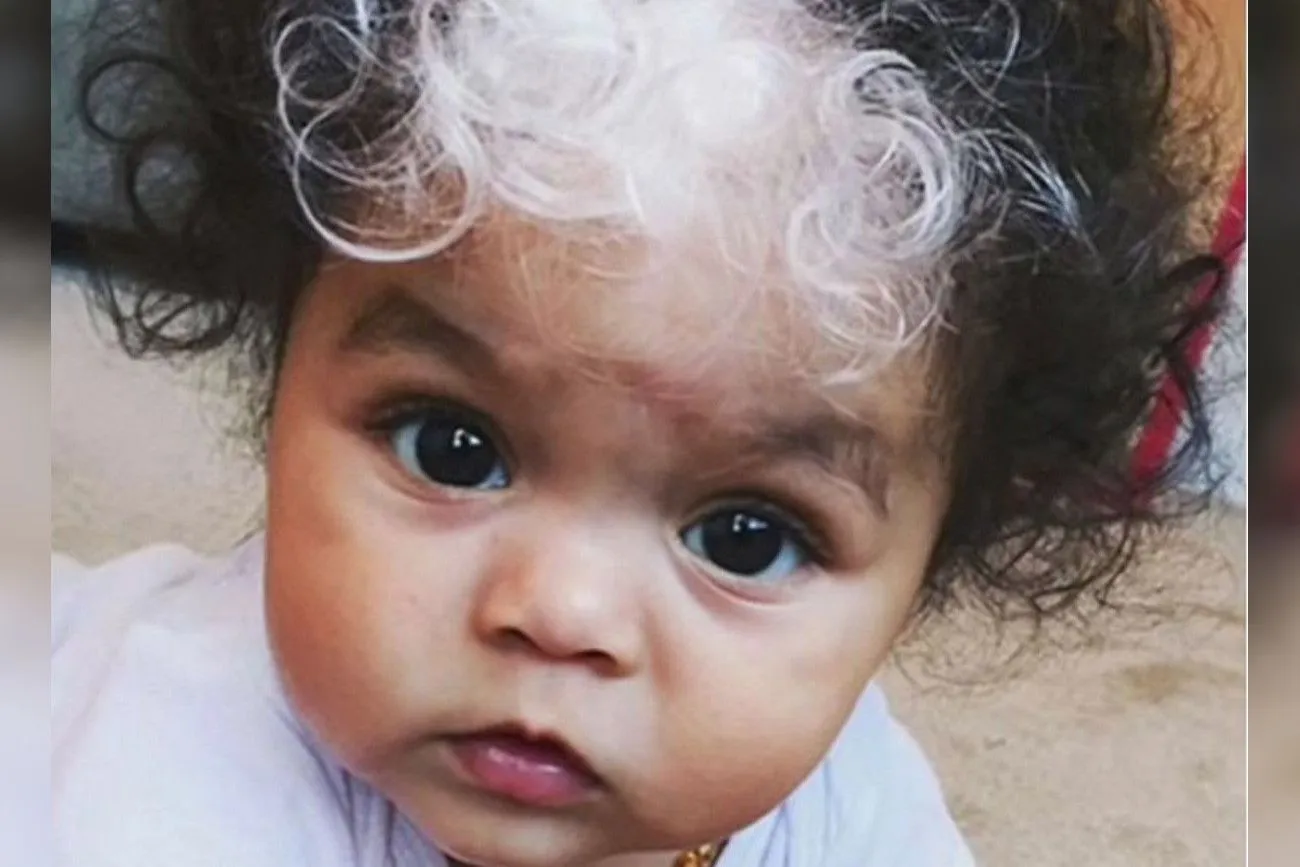 @Rarest Features Only In 5% Of Humans/SSSniperWolf/YouTube.com
@Rarest Features Only In 5% Of Humans/SSSniperWolf/YouTube.com
Cutaneous horns
Cutaneous horns are unusual growths that resemble horns and can appear on the skin. For example, a centenarian Chinese woman, aged 101, has developed horn-like growths on her forehead, resembling those commonly associated with mythical depictions of devils. Her relatives were shocked. But cutaneous horns are typically benign and can occur on any part of the body where there is skin. They are made up of keratin, the same protein found in nails and hair, and can vary in size and shape. While the exact cause of cutaneous horns is not fully understood, they are often associated with long-term sun exposure, certain viral infections, or precancerous or cancerous skin lesions beneath the horn.
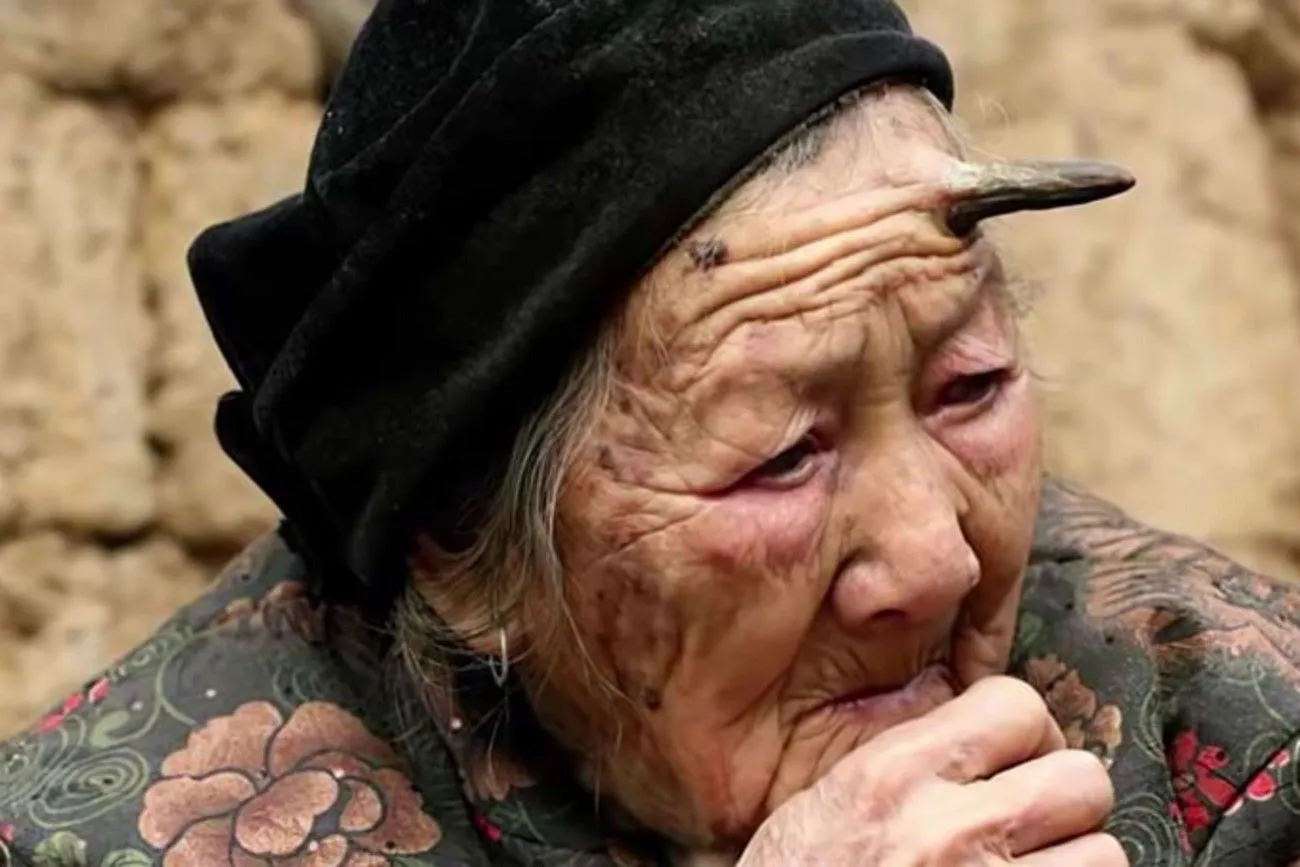 @People Who Are One in a Million/BE AMAZED/YouTube.com
@People Who Are One in a Million/BE AMAZED/YouTube.com
Really Small Pupil
A person with a really small pupil, known as a pinpoint pupil or miosis, has a condition where the opening in the center of their eye, called the pupil, is significantly smaller than usual. Normally, the pupil adjusts in size to regulate the amount of light entering the eye, but in cases of miosis, the pupil remains constricted even in dim lighting. There are several potential causes of a really small pupil. It can be a natural variation or may result from certain medical conditions or medications. Having a really small pupil can impact vision and make it more challenging to see in low-light conditions. It may also cause sensitivity to light, blurry vision, or difficulty focusing.
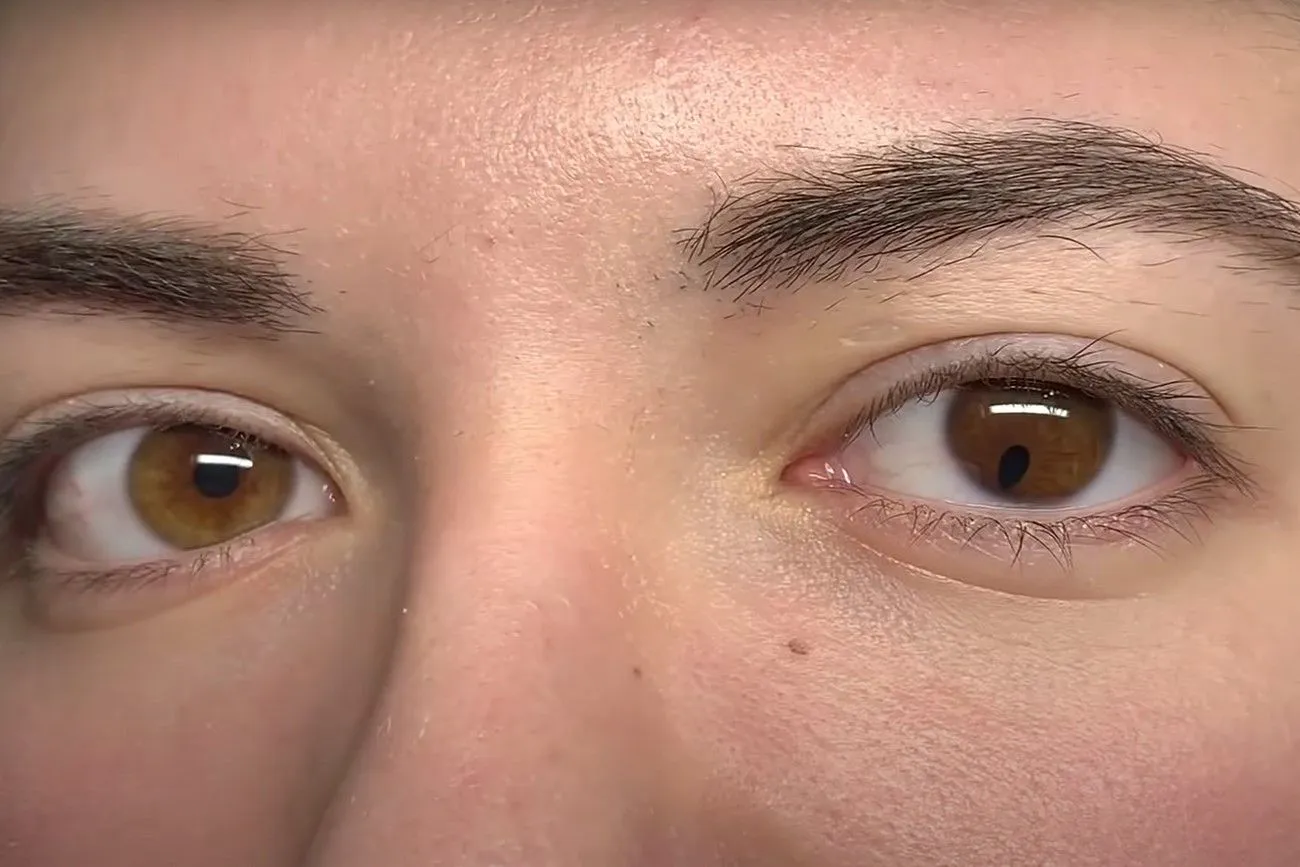 @A Really Small Pupil/Daily Dose Of Internet/YouTube.com
@A Really Small Pupil/Daily Dose Of Internet/YouTube.com
Six-fingered
Having six fingers, also known as polydactyly, is a rare anatomical variation in which an individual is born with an extra finger on one or both hands. Instead of the typical five fingers, they have six. Polydactyly can manifest in different forms, ranging from a small, non-functional extra finger to a fully formed and functional finger complete with bones, joints, muscles, and nails. The extra finger can appear in various locations on the hand, such as beside the thumb or little finger. Many individuals with polydactyly embrace their unique hand structure as part of their identity and find creative ways to adapt and function effectively in their daily lives. In some cultures, having six fingers is considered a symbol of good luck or is regarded as a special trait.
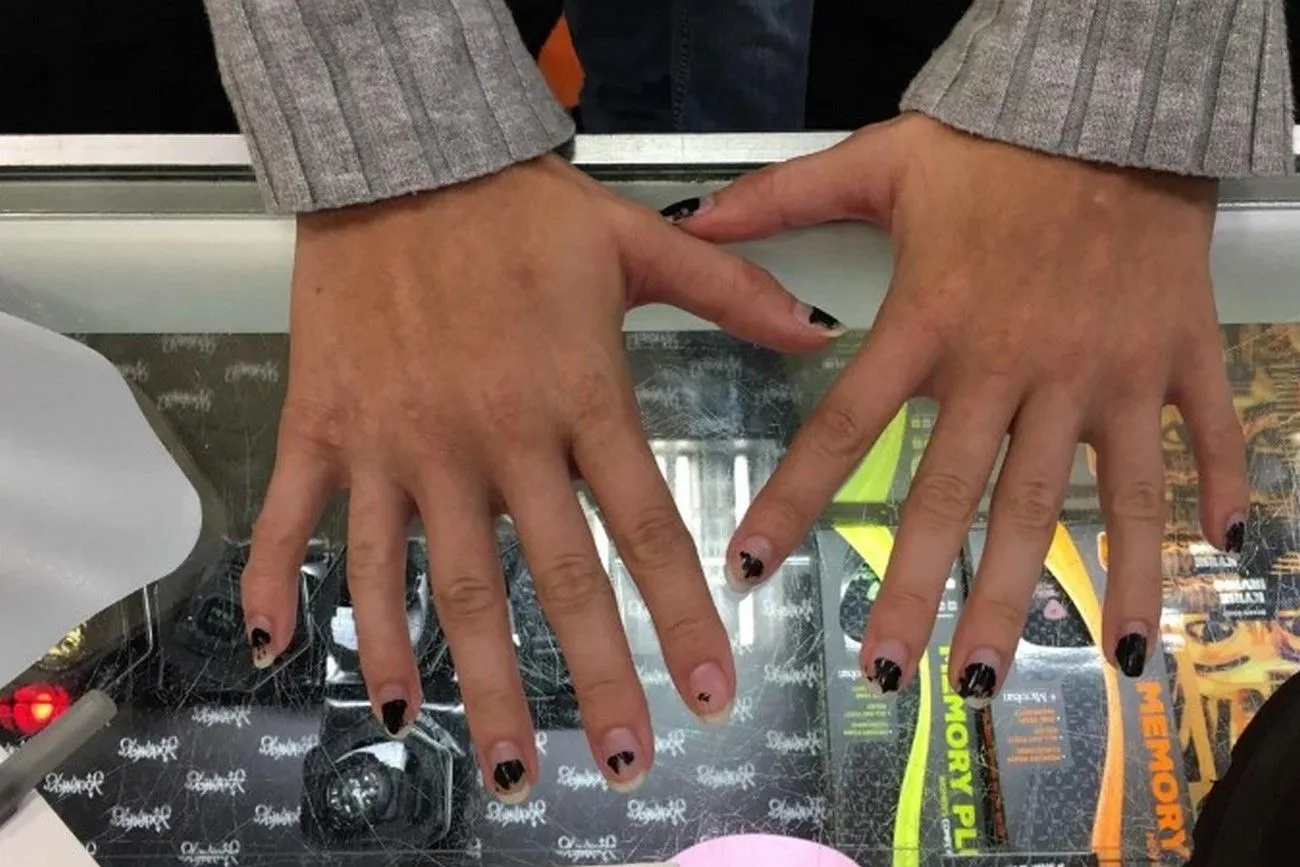 @bocajyouth/reddit.com
@bocajyouth/reddit.com
Elf ears
People who are born with "elf ears" have a unique and distinct feature where their ears exhibit certain characteristics that resemble the mythological depiction of elves. This condition is often referred to as "pointed ears" or "elfin ears." Elf ears can vary in appearance and may include traits such as an elongated or pointed shape, a defined upper ear curve, or a more prominent ear tip. These characteristics give the ears a distinct and fantastical appearance that some people find aesthetically appealing or intriguing.
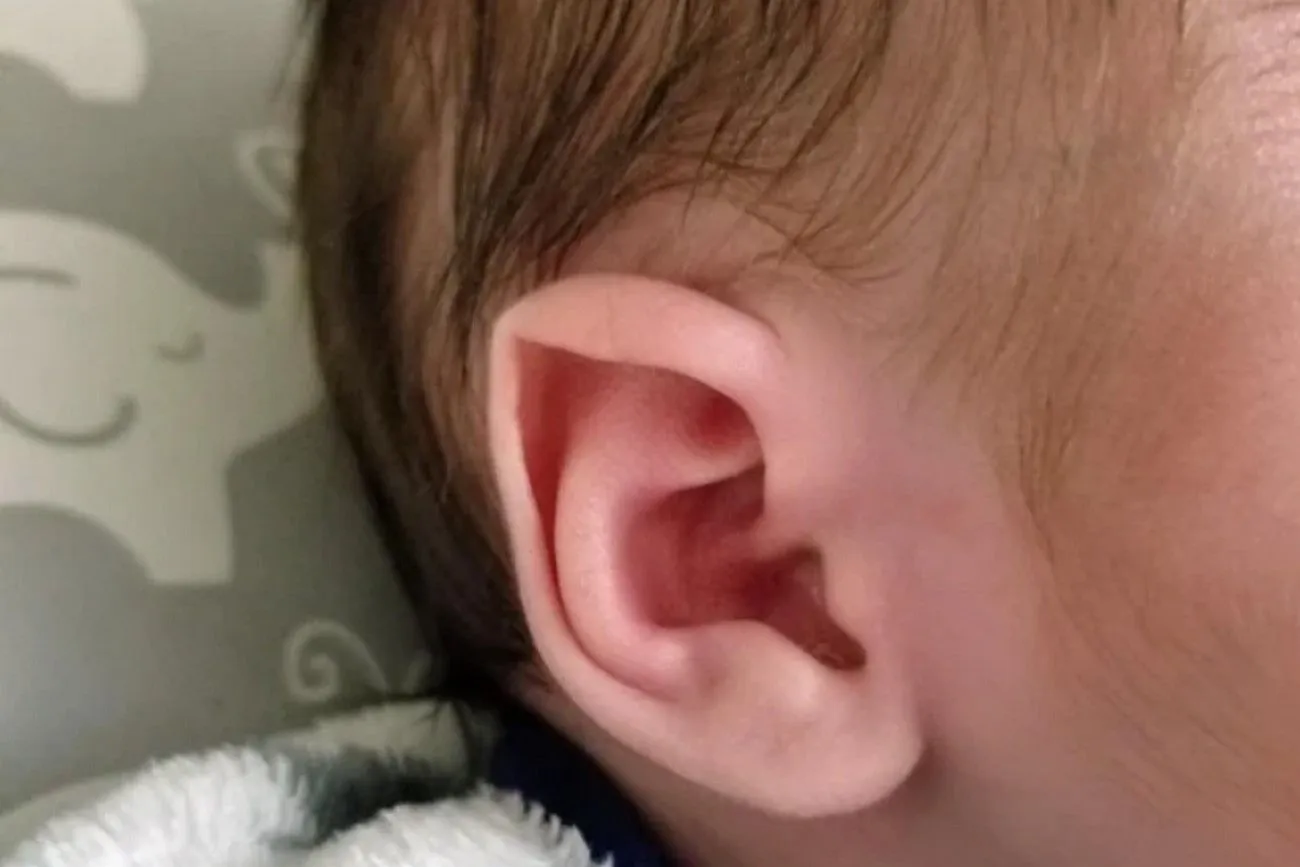 @animaorion/reddit.com
@animaorion/reddit.com
Queen of the dark
Nyakim Gatwech, widely known as the "Queen of the Dark," is an American model who has gained recognition for her stunningly dark skin tone and powerful presence in the fashion industry. Her unique beauty and unwavering confidence have made her an influential figure and an inspiration to many. Nyakim's striking appearance is attributed to her rich melanin pigmentation, which gives her skin its deep, dark hue. While beauty standards have often celebrated lighter skin tones, Nyakim has been an advocate for embracing one's natural skin color and challenging conventional norms. She has used her platform to promote self-acceptance, diversity, and inclusivity, encouraging individuals to celebrate their unique features and love themselves as they are.
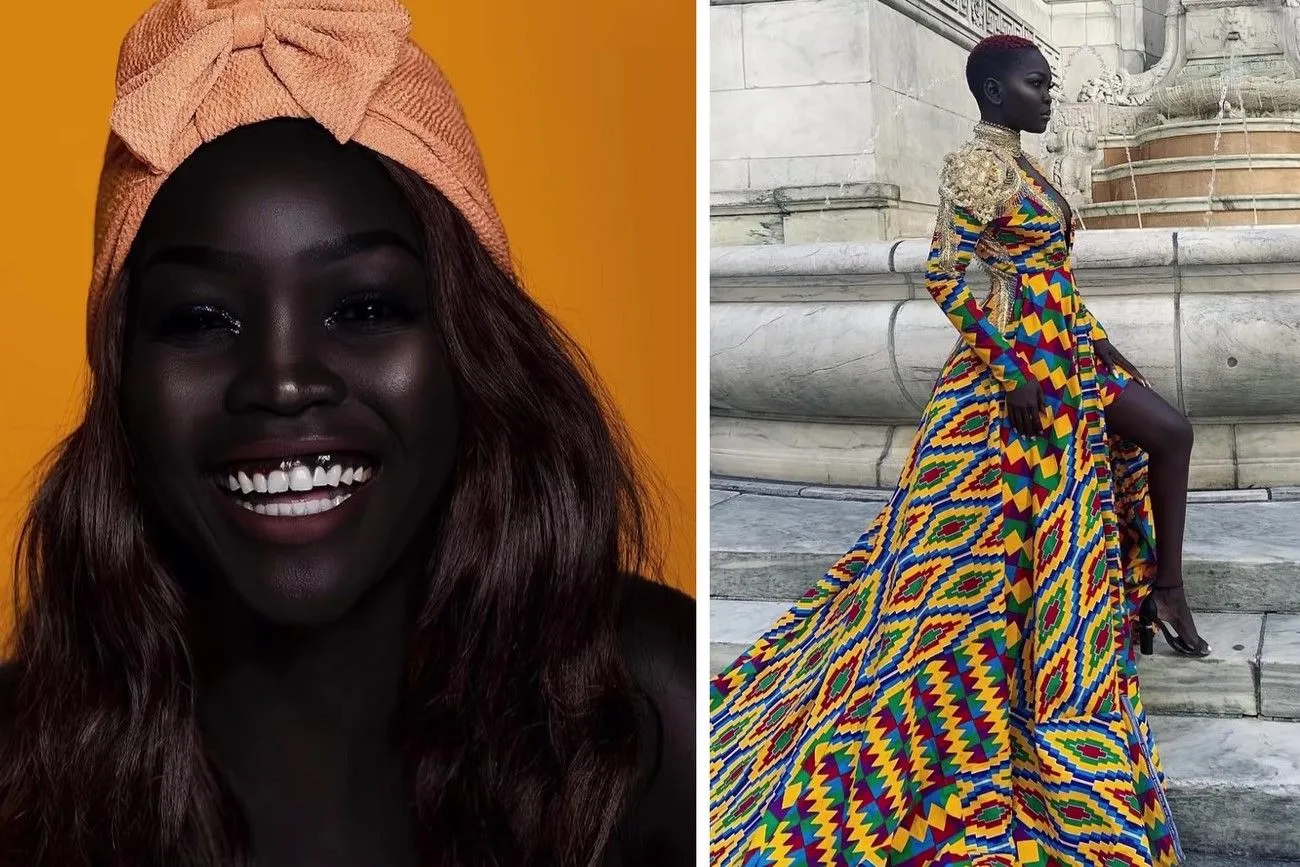 @People Who Are One in a Million/BE AMAZED/YouTube.com
@People Who Are One in a Million/BE AMAZED/YouTube.com
Fimbriated fold of tongue
The fimbriated fold of the tongue, also known as lingual papillitis or plica fimbriata, is a natural anatomical feature found on the underside of the tongue. It is characterized by small, fringe-like processes that extend along the lateral edges of the tongue. These fringe-like processes are formed by numerous finger-like projections called papillae. The papillae within the fimbriated fold contain taste buds, which contribute to our sense of taste. The exact function of the fimbriated fold is not fully understood, but it is believed to assist in manipulating food during chewing and swallowing. The appearance of the fimbriated fold can vary among individuals, with some having more pronounced or elongated processes while others may have smaller or less prominent ones. These variations are considered normal and do not typically indicate any underlying health concerns.
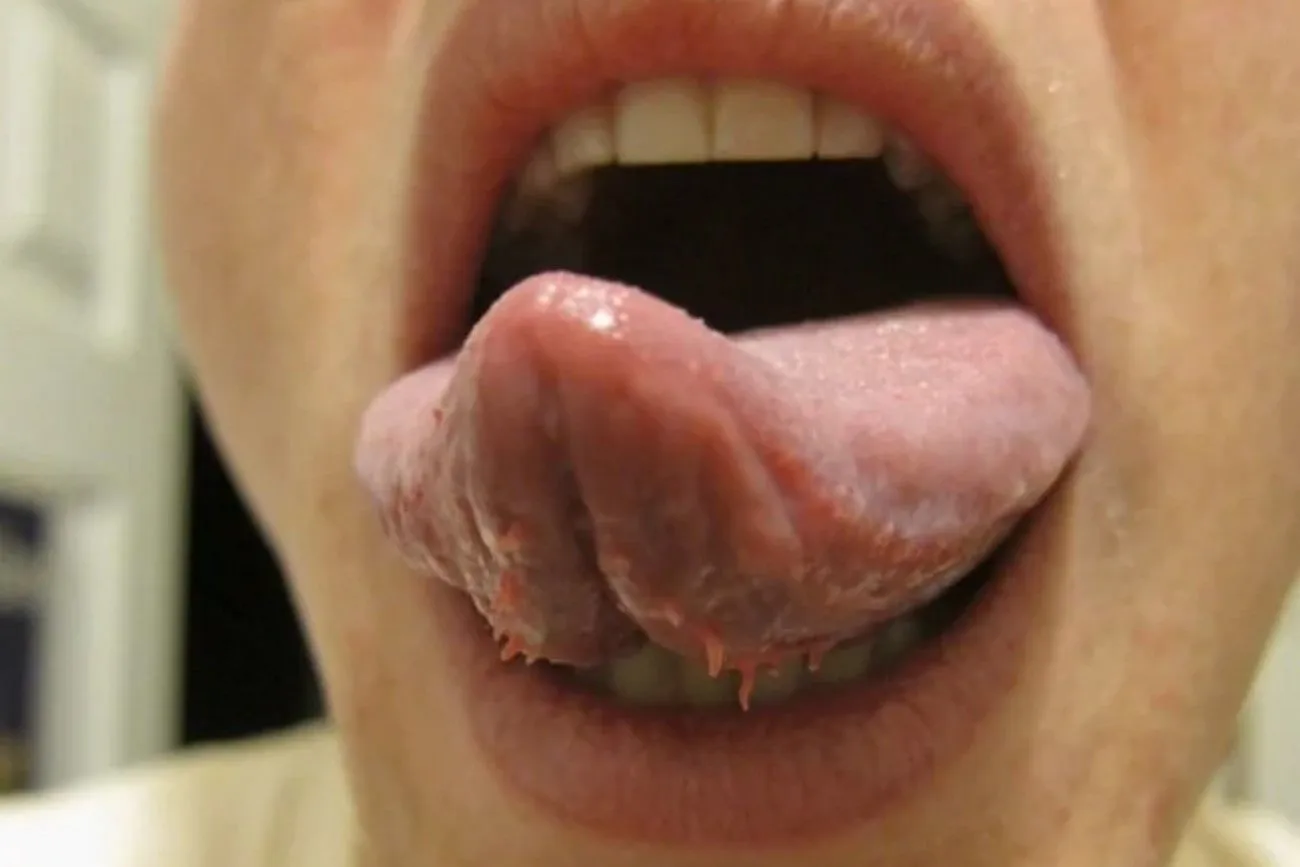 @Brisco_County_III/reddit.com
@Brisco_County_III/reddit.com
Tiny hole
A tiny hole in the ear, also known as a preauricular pit or sinus, is a small congenital malformation that appears as a tiny pit or depression in front of the ear. It is usually located around the area where the face meets the cartilage of the ear. The presence of a preauricular pit is relatively common, occurring in approximately 1-2% of the population. It is believed to be a remnant of embryonic development when the structures of the face and ear were forming.
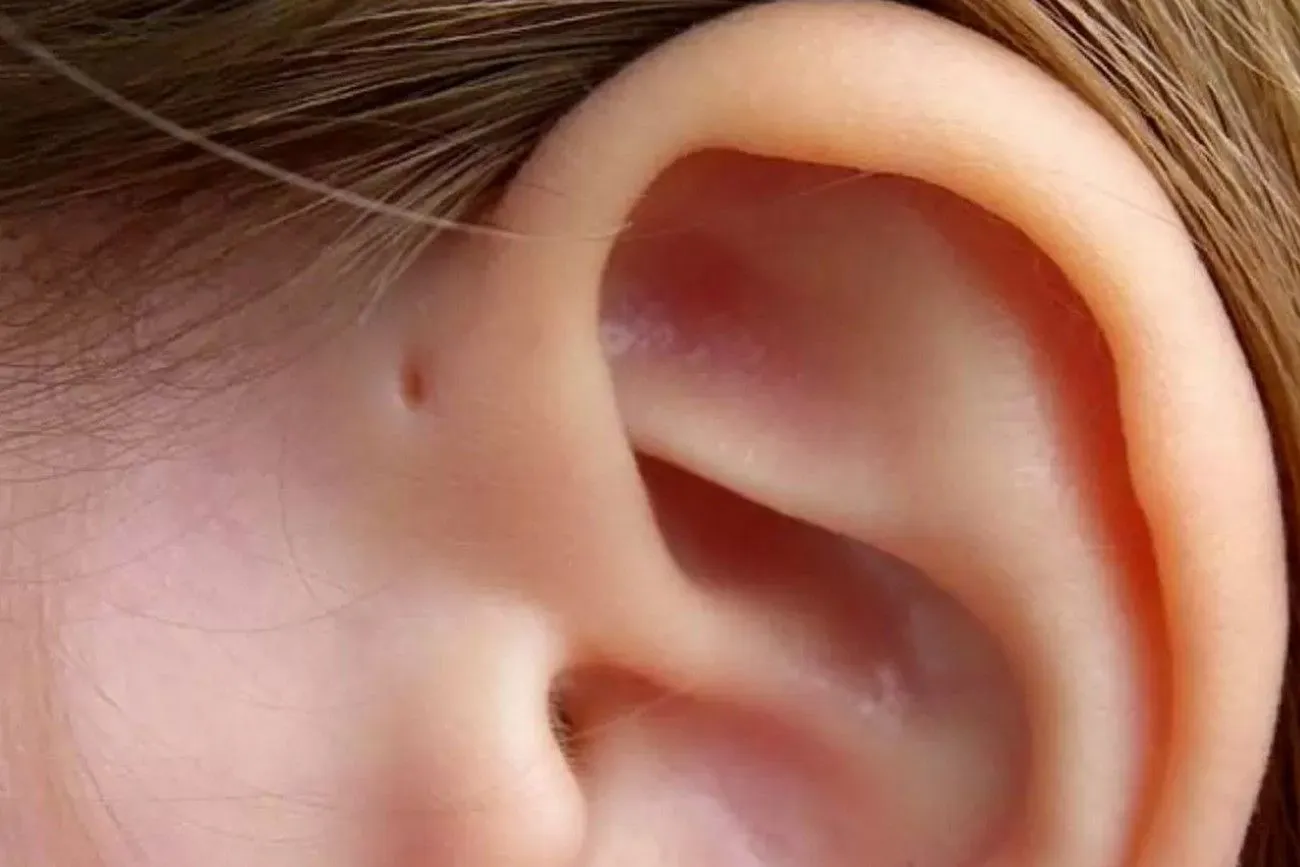 @Explaining A Preauricular Sinus, A Tiny Hole Above Some People's Ears/Insider Business/YouTube.com
@Explaining A Preauricular Sinus, A Tiny Hole Above Some People's Ears/Insider Business/YouTube.com
Anonychia
People who are born without one nail, a condition known as anonychia, have a congenital absence or underdevelopment of a nail on one or more fingers or toes. Anonychia can occur in isolation, where only the nail is affected, or it can be associated with other developmental abnormalities or genetic conditions. The absence of a nail can be partial or complete, and it typically affects a single finger or toe. It is important to note that anonychia is a rare condition, and its prevalence is relatively low in the general population.
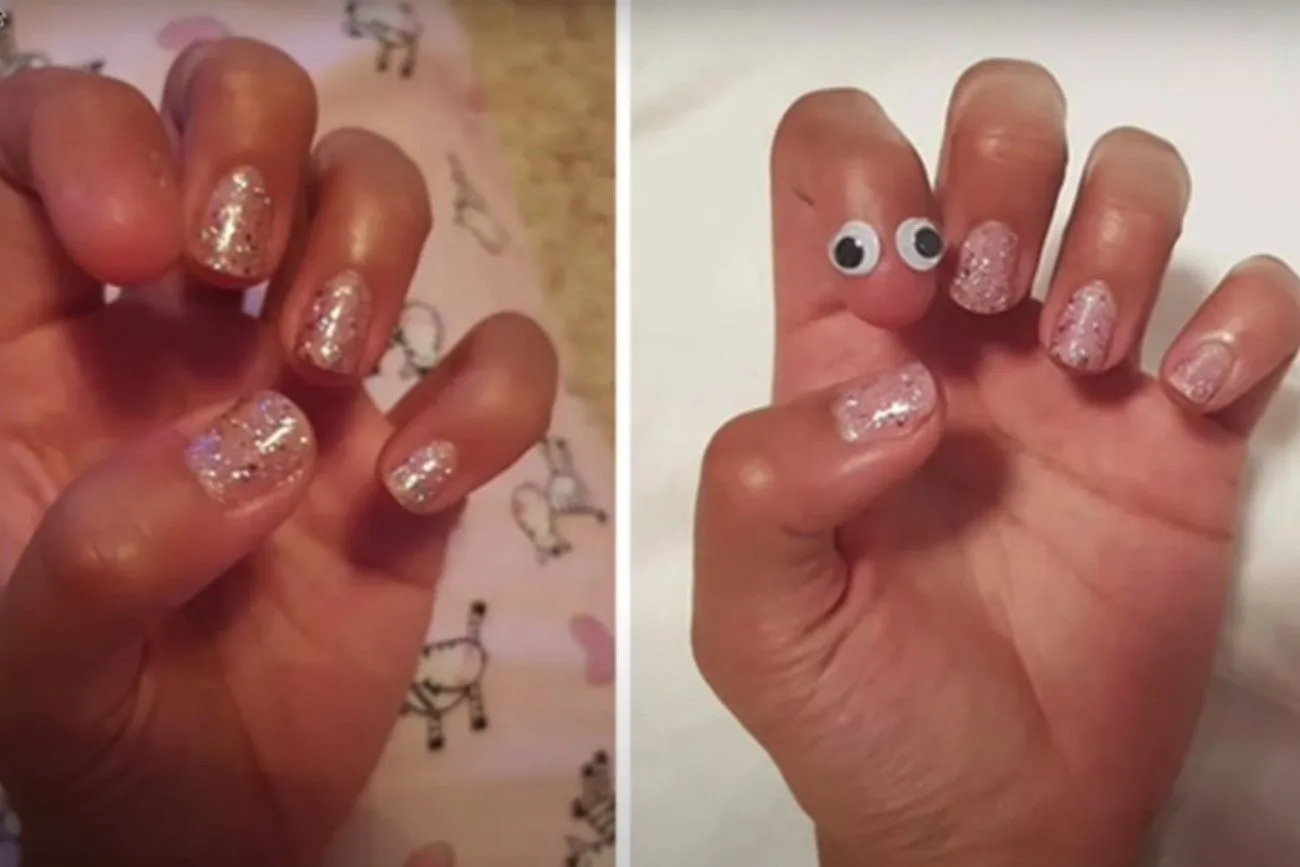 @Rarest Features Only In 5% Of Humans/SSSniperWolf/YouTube.com
@Rarest Features Only In 5% Of Humans/SSSniperWolf/YouTube.com
Thoraco-abdominal syndrome or Pentalogy of Cantrell
Virsaviya Borun Goncharova, also known as "Bathsheba," is a young girl who gained attention and media coverage due to her unique medical condition. She was born with a rare congenital condition called thoraco-abdominal syndrome or Pentalogy of Cantrell. In Pentalogy of Cantrell, the sternum (breastbone) and abdominal wall are not fully formed, resulting in a visible opening in the midline of the chest and abdomen. This condition affects the development and positioning of the ribcage and abdominal muscles. As a result, Virsaviya's ribcage is exposed, and her abdominal organs, such as the heart, liver, and intestines, are partially covered by a thin layer of skin. Virsaviya and her mother have used social media platforms to raise awareness about her condition and advocate for other children with similar health challenges. Through their efforts, they have inspired many people around the world with their courage and determination in the face of adversity.
 @People Who Are One in a Million/BE AMAZED/YouTube.com
@People Who Are One in a Million/BE AMAZED/YouTube.com
Waardenburg Syndrome
Waardenburg syndrome is the name given to a series of uncommon genetic disorders that can alter the color (pigmentation) of the skin, hair, and eyes as well as cause hearing loss. Although the majority of persons with Waardenburg syndrome do have normal hearing, either one or both ears may experience moderate to profound hearing loss. Congenital hearing loss and pigmentation issues are two features that define the disorder. Bright blue eyes (or one blue and one brown eye), a white forelock, and pale skin patches can all be examples of this. Waardenburg syndrome affects one in every 42,000 individuals.
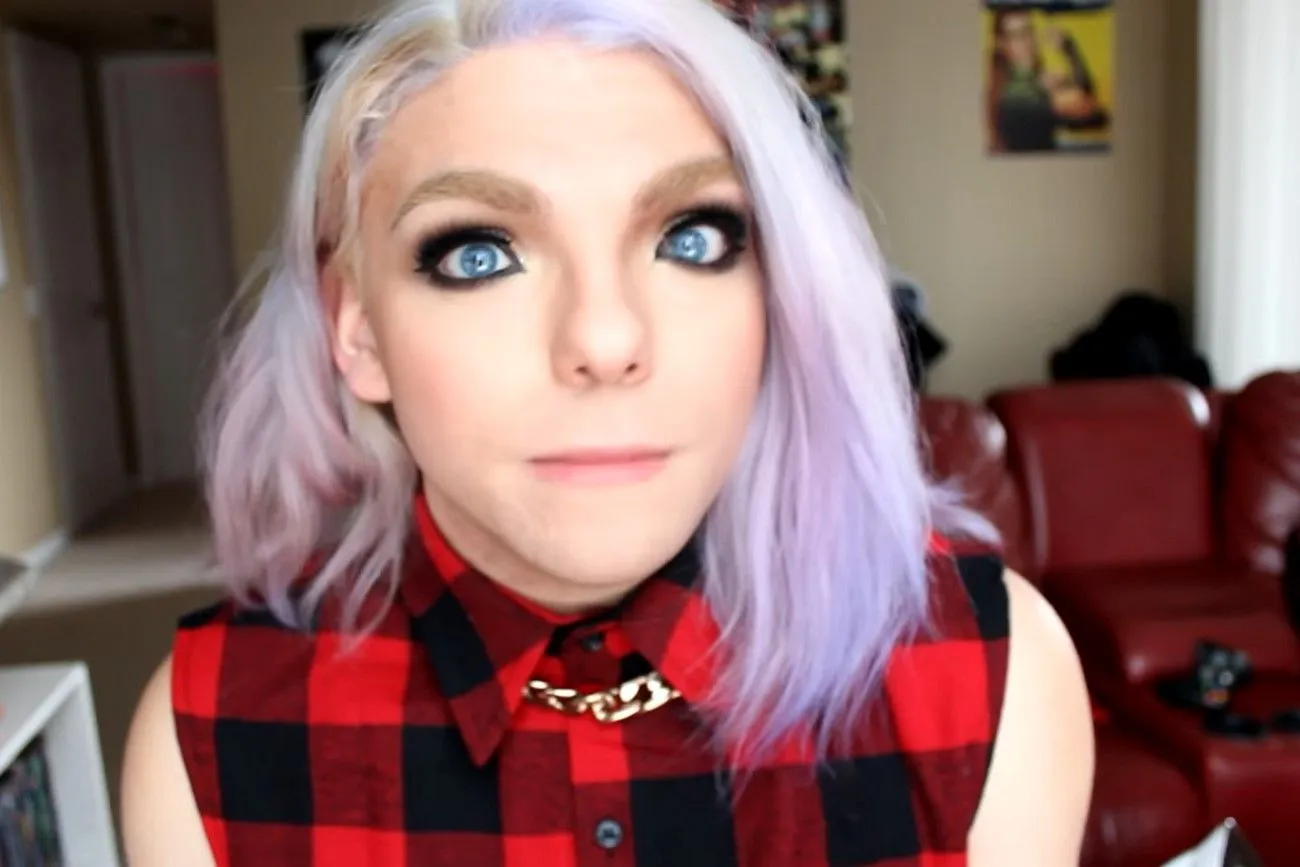 @My Face: Waardenburg Syndrome/Stef Sanjati/YouTube.com
@My Face: Waardenburg Syndrome/Stef Sanjati/YouTube.com
Vitiligo
Vitiligo is a disorder in which the skin loses its melanocytes, or pigment-producing cells. Skin areas on the body get discolored as a result of this. There are several varieties of vitiligo. People have learned to accept their vitiligo over time. Winnie Harlow is the first renowned name that springs to mind. The model demonstrated to the world how stunning vitiligo is. Since then, the entire world has praised her special beauty, and we commend her for having the bravery to embrace it.

Freckles
Freckles are associated with a gene called MC1R, which is responsible for skin and hair color. It controls how much of two types of melanin is produced in the body. There is eumelanin (dark brown) and pheomelanin (red-yellow). If a person has an inactive MC1R gene, they produce more pheomelanin, resulting in light hair, light skin, and susceptibility to freckles. An interesting fact is that nobody is born with freckles. They always appear due to sun exposure, which triggers pigment activity. Additionally, melanocytes (skin cells that produce pigment) work as a natural sunscreen, making the skin darker and less susceptible to ultraviolet radiation. However, using SPF products with at least a minimum protection factor of 30 is still important.

Bee Melvnin
Model Bee Melvnin has won the hearts of people all over the world with her distinctive and alluring looks. She certainly has a goddess-like appearance, and so does she! She hails from the West African nation of The Gambia. Her skin, her eyes, or her hair—people can't determine which is more seductive—is. She still embraces her distinctive traits, which is what I find most endearing about her.
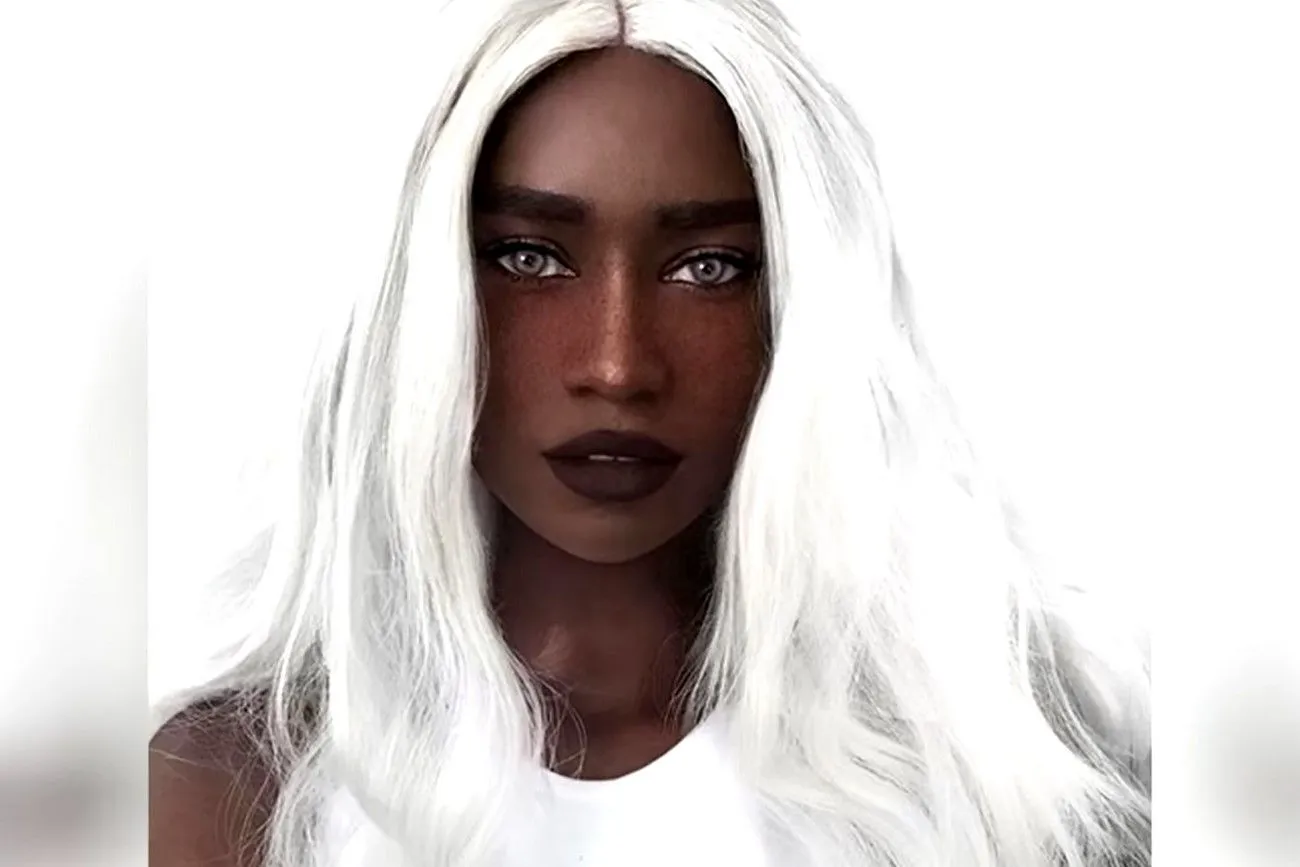 @10 Amazing & Unique People Around The World/Brilliant News/YouTube.com
@10 Amazing & Unique People Around The World/Brilliant News/YouTube.com
Dwarfism
The most typical kind of dwarfism is achondroplasia. One in 15,000 to one in 40,000 persons have the genetic disorder achondroplasia. Fashion model and social media influencer Dru Presta was born with a kind of dwarfism. She has a height of 3'4". With her sense of style, this 24-year-old is shattering all sorts of records. As a current fashion designer and company owner, Dru is proof that fashion and beauty come in all shapes and sizes!
 @My Shopping Experience at Old Navy/YouTube.com
@My Shopping Experience at Old Navy/YouTube.com
Red Hair
Red hair is a very distinctive and attractive trait. How many people have you encountered who are born with naturally red hair and don't colour it? This characteristic actually only happens naturally in one to two percent of the human population, thus perhaps not as many as you may imagine. People of Northern or Northwestern European heritage seem to have it more frequently than other populations, who tend to have less of it. A rather uncommon recessive gene on chromosome 16 is responsible for the trait. Red hair comes in a variety of shades and tones and is often accompanied by freckles, a pale complexion, and a sensitivity to UV radiation.

Uncombable Hair Syndrome
While we've all had the occasional poor hair day, those with this condition experience hair problems every day. Uncombable hair syndrome, often known as spun-glass hair, causes frizzy hair that is impossible to flatten down. Early childhood is when the illness typically manifests, but by puberty, it normally goes away. Uncombable hair often grows from the scalp in a variety of ways and is quite light in color. The disorder is thought to be brought on by a gene mutation that changes the hair shaft.
 @The 7-Year-Old Diagnosed With Uncombable Hair Syndrome | This Morning/This Morning/YouTube.com
@The 7-Year-Old Diagnosed With Uncombable Hair Syndrome | This Morning/This Morning/YouTube.com
Hair Whorl
Some of you might not even be aware that this exists. A cluster of hair that develops in a circle around an apparent central point is called a whorl. Hair whorls, often known as crowns or swirls, can develop either clockwise or counterclockwise. 8.4% of right-handed persons and 45% of left-handed people, according to Amar J. S. Klar's research, had counterclockwise hair whorls. This finding was made in an effort to determine if there is a hereditary connection between handedness and hair-whorl orientation. The study approach used by Klar in this and other studies has, however, come under scrutiny.
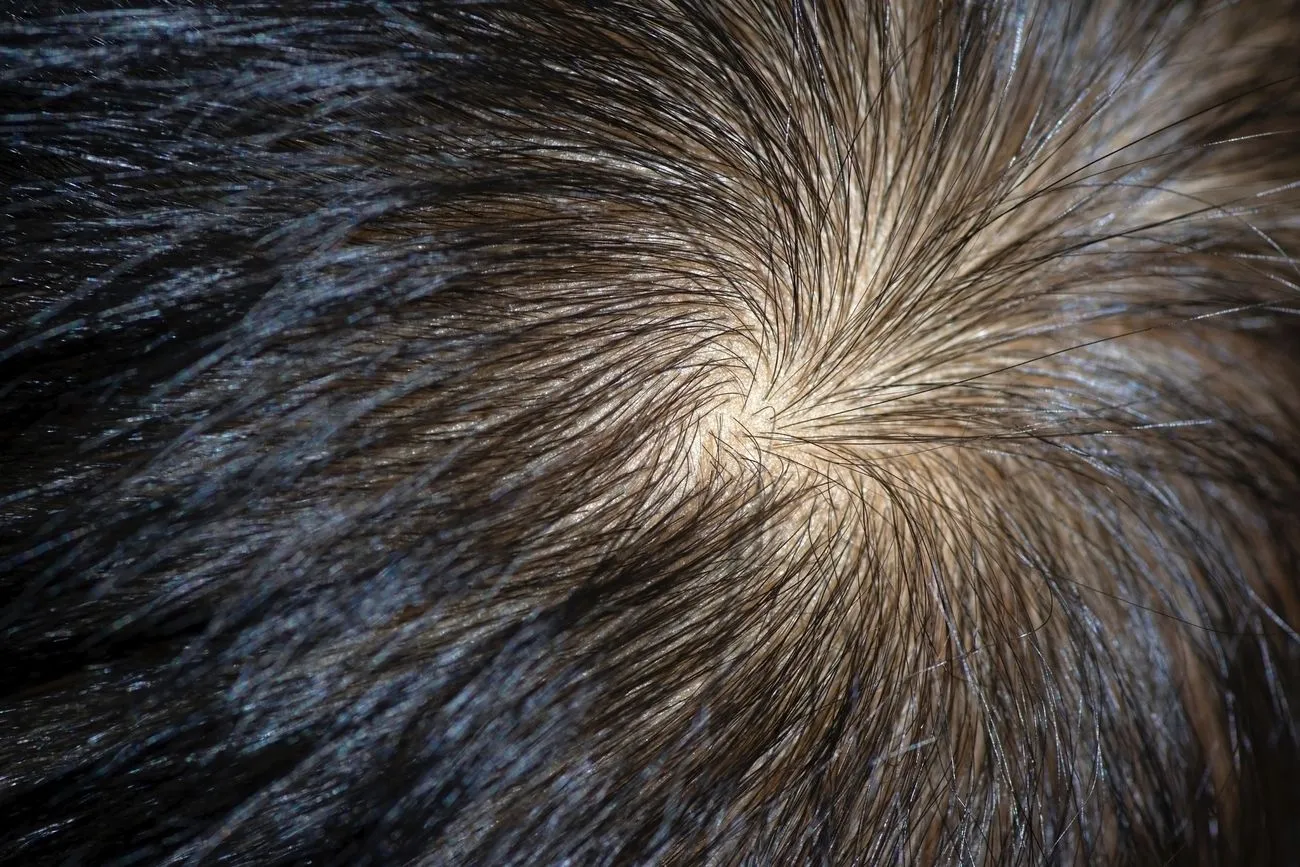
Beauty Marks
People frequently detest their birthmarks, and some even decide to have it removed later in life. Birthmarks can develop anywhere on the body and are often not harmful. While many individuals loathe having noticeable birthmarks, some people value their uniqueness. Consider Cassandra Naud as an example. Cassandra is a professional dancer who was born with a huge birthmark under her left eye. She pleaded for a birthmark removal procedure when she was younger, but she ultimately declined it after realizing that it may leave a scar. She now values her distinctive quality and accepts herself completely. Inspiring!
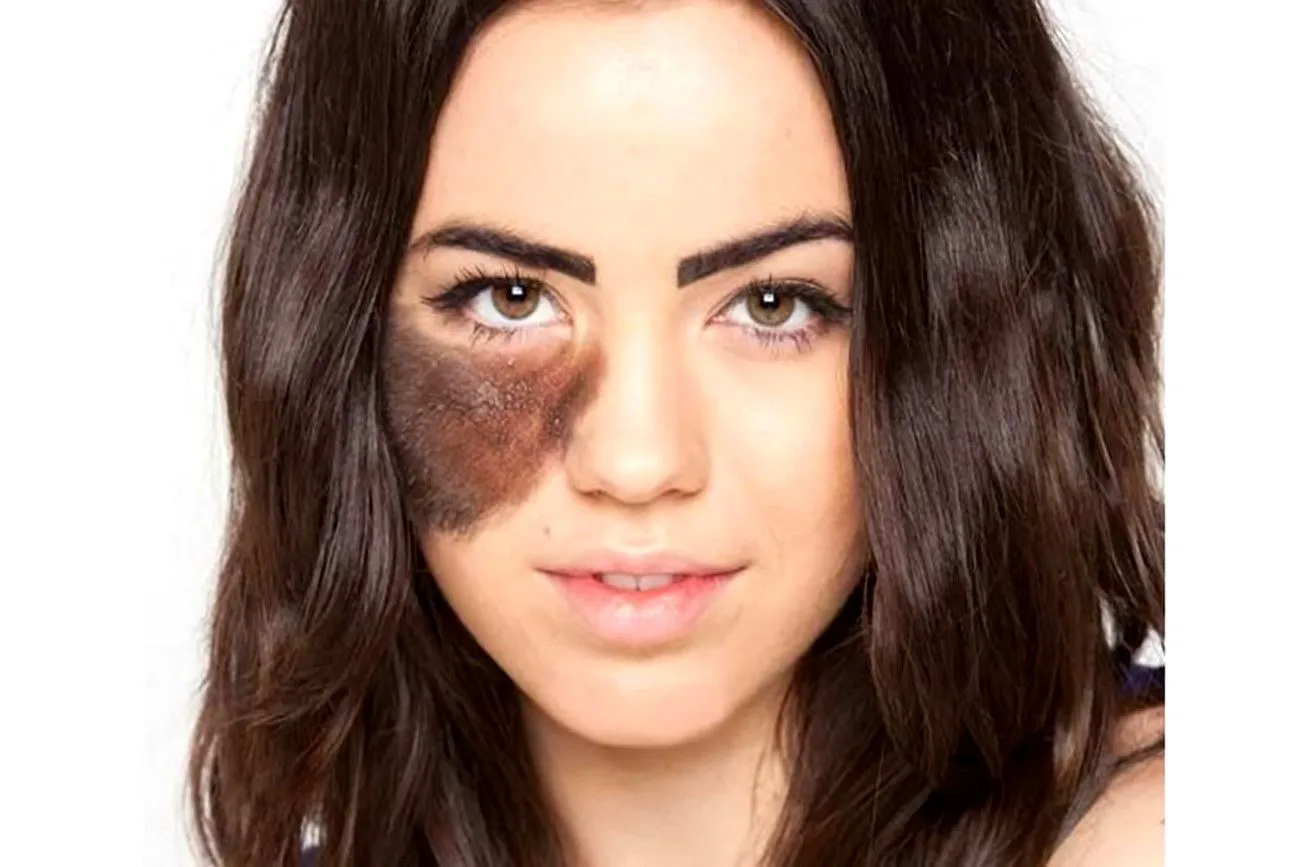 @10 Amazing & Unique People Around The World/Brilliant News/YouTube.com
@10 Amazing & Unique People Around The World/Brilliant News/YouTube.com
Ichthyosis
Ichthyosis refers to a collection of genetic skin disorders that display common features such as dryness, scaliness, and thickening of the skin. The condition is caused by a defect in the genes responsible for skin cell turnover and hydration. Ichthyosis can manifest in various forms, ranging from mild to severe. Common symptoms include dry, rough, and scaly skin that resembles fish scales, hence the name "ichthyosis," derived from the Greek word for fish. The severity of the scaling and dryness can vary depending on the specific type of ichthyosis. In some cases, the skin may be itchy, red, and prone to cracking, leading to discomfort and potential infection.
 @Harper Doesn't Let Harlequin Ichthyosis Keep Her Down/Seattle Children's/YouTube.com
@Harper Doesn't Let Harlequin Ichthyosis Keep Her Down/Seattle Children's/YouTube.com
Beauty Beard
Instagram influencer Dakota Cooke talked openly about the unusual adrenal gland illness known as hirsutism that she was born with. The influencer herself claims that hormonal issues are to blame for the facial hair. Her body produces too much testosterone as a result of the disease, which alters hormone production. At age 13, her chin and jawline started to develop thin strands. Although it wasn't simple and it took some time, Dakota has now come to terms with who she is and we are so in love with her for it! Dakota, often known as The Bearded Lady, leads an authentic life and is really content.
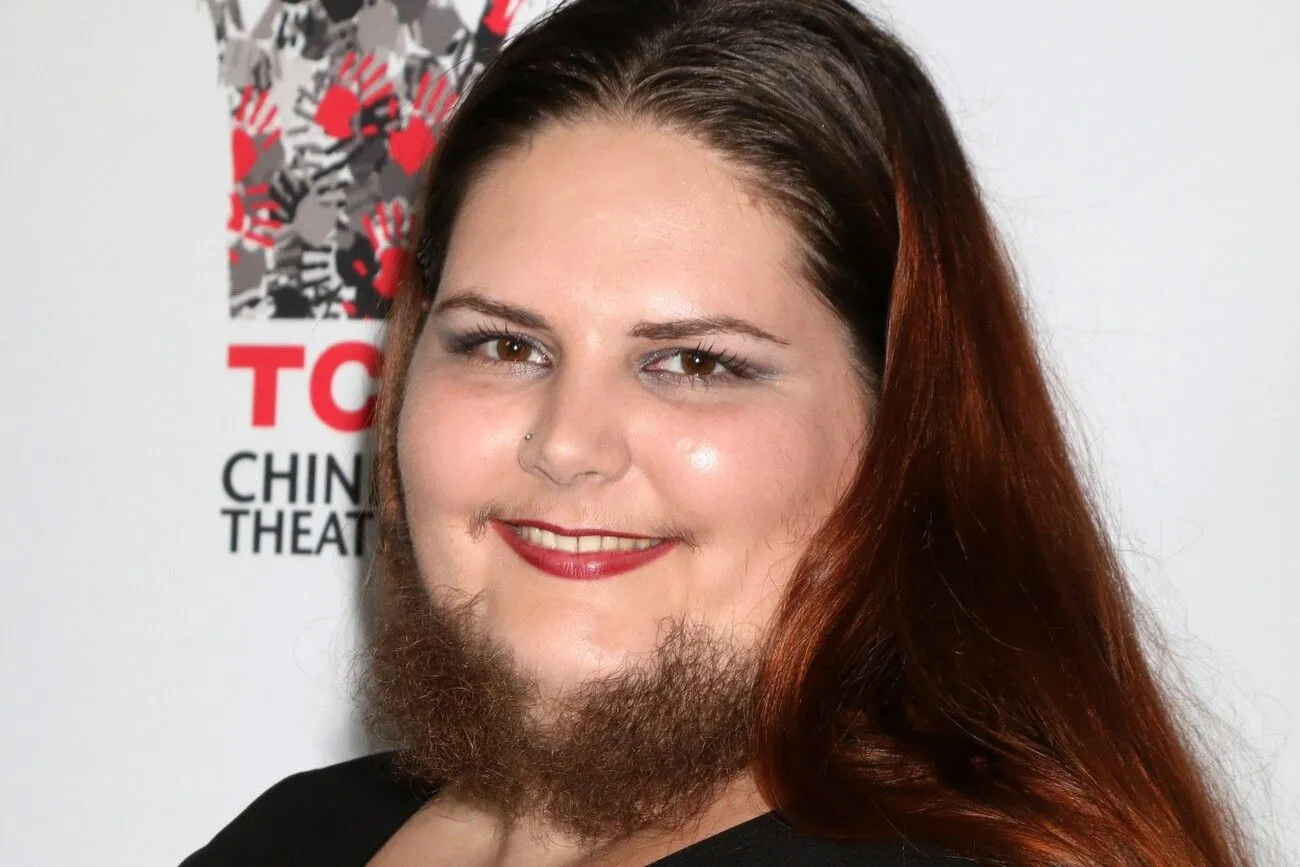
Dermatographia
Dermatographia, also known as skin writing, is a disorder whereby softly scratching your skin results in raised, red lines or welts wherever you've scratched. Even while it's not serious, it can still be uncomfortable. This issue affects between two and five percent of the population. Even so, it's one of the most common types of hives and is responsible for seven to ten percent of all skin rashes and swelling. Fortunately, dermatographia bouts often come and go rapidly. Dermatographia is a disorder that is frequently observed in young people, although scientists don't think it has a strong hereditary component. Exercise, heat, cold, tension, vibration, and other conditions among others might aggravate the problem.
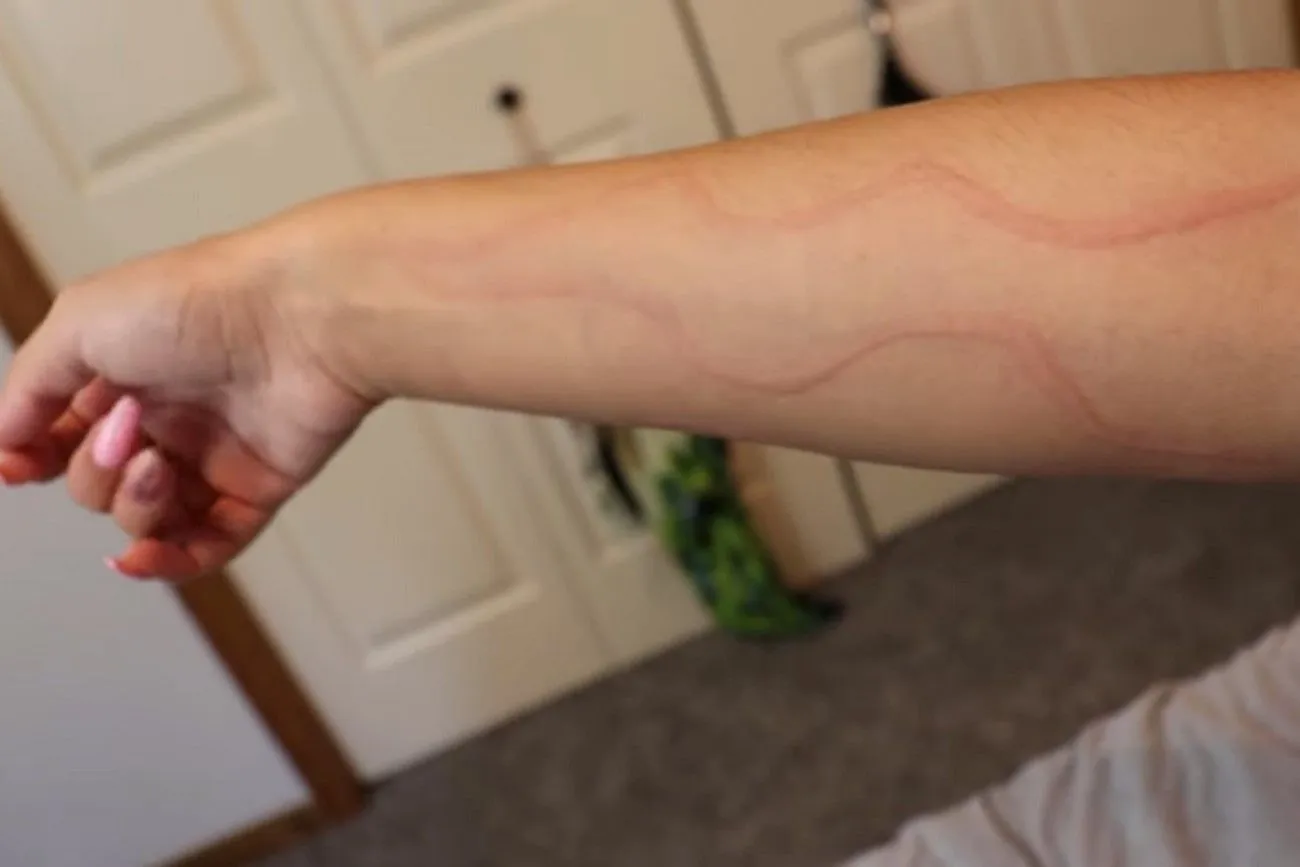 @Living with a Chronic Skin Disease (Dermographism) | Steph Pappas/Steph Pappas/YouTube.com
@Living with a Chronic Skin Disease (Dermographism) | Steph Pappas/Steph Pappas/YouTube.com
Heterochromia
The eyes are a work of enchantment. Just by gazing into someone's eyes, you may discover so much about them. Why don't we study more about this next condition while we're on the subject of learning? A person's different eye colors are referred to as heterochromia. When a person has central heterochromia, their eye has many hues. When a person has two distinct color eyes, they have complete heterochromia. It's an uncommon disease with no known adverse effects as of now.

Argyria
Unbelievably, prolonged exposure to some chemicals and substances might have a negative impact on your health. Take argyria as an illustration. A uncommon skin ailment called argyria can develop if your body accumulates too much silver over time. This means that too much exposure to silver's chemical compounds or dust can really cause your skin, eyes, internal organs, nails, and gums to become blue-gray. Unfortunately, your skin's hue has changed permanently. Fortunately, the illness is uncommon and not fatal.
 @Why This Man’s Skin Turned Blue/Inside Edition/YouTube.com
@Why This Man’s Skin Turned Blue/Inside Edition/YouTube.com
Long Legs
A Scandinavian model named Östergren has gained attention and admiration for her exceptionally long legs. Her leg length has made her stand out in the world of fashion and modeling. With legs measuring well above the average length, Östergren's elongated limbs create a unique and striking visual presence. Östergren's long legs have become her defining feature, often showcased in fashion campaigns, runway shows, and editorial spreads. Her statuesque stature and remarkable leg length have garnered praise for their elegant and graceful appearance, making her a sought-after model in the industry.
 @The Swedish model who Was Bullied For Having long legs/jows hulk/YouTube.com
@The Swedish model who Was Bullied For Having long legs/jows hulk/YouTube.com
Acromegaly
Elisany da Cruz Silva, born in Brazil on September 27, 1995, gained international attention due to her extraordinary height. She holds the distinction of being one of the tallest women in the world. Elisany's remarkable height is attributed to a condition known as gigantism or acromegaly, caused by an overproduction of growth hormone. Standing at an astounding height of approximately 6 feet 9 inches (206 centimeters), Elisany's towering stature quickly made her a sensation in her hometown and beyond. Her height was noticed when she was just a teenager, and she became the subject of media interest due to her unique physical appearance. Despite the challenges that come with her exceptional height, Elisany has embraced her uniqueness and pursued modeling opportunities. She has participated in fashion shows and photo shoots, showcasing her distinctive beauty and grace.
 @Elisany Silva – Brazil’s Tallest Girl. How’s She in 2022?/TG Paradise/YouTube.com
@Elisany Silva – Brazil’s Tallest Girl. How’s She in 2022?/TG Paradise/YouTube.com
Big Ears
Big ears, as a body feature, refer to ears that are larger in size compared to the average proportion of an individual's face and head. The term "big ears" is subjective and can vary depending on cultural standards and personal perceptions of what is considered large. Having big ears is a natural variation in human anatomy and is typically determined by genetics. It can be a feature that is inherited from parents or other family members. Just like any other physical attribute, big ears can be seen as a unique and distinctive characteristic that contributes to an individual's overall appearance.
 @Parents Allow 6-Year-Old Boy with Big Ears to Get Plastic Surgery/Inside Edition/YouTube.com
@Parents Allow 6-Year-Old Boy with Big Ears to Get Plastic Surgery/Inside Edition/YouTube.com
Albinism
Melanin, a pigment your body generates that affects the color of your skin, hair, and eyes, is seldom produced in albinism, a rare genetic condition. Oculocutaneous albinism affects around one in 20,000 persons globally at birth. Albinism is associated with a few vision problems, including photophobia, amblyopia, and nystagmus. Additionally, albinos are more prone to skin cancer and sunburn because they lack pigment.
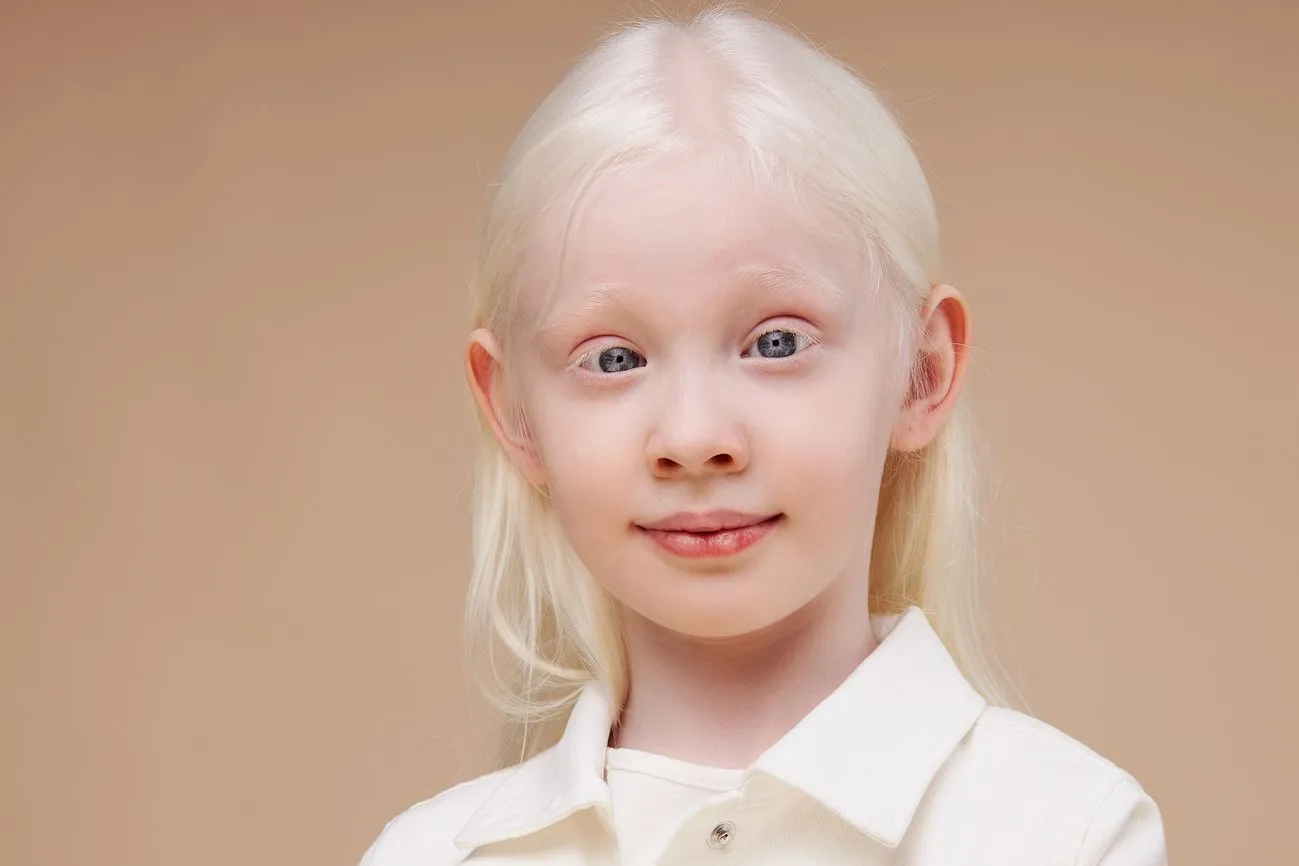
Extreme Eyebrows
Giant eyebrows, also known as bushy or voluminous eyebrows, can have a genetic component. The thickness, density, and shape of eyebrows are primarily determined by an individual's genetic makeup. Genetics plays a role in determining the hair follicle structure and the growth cycle of eyebrow hairs. Some people naturally have genes that promote full eyebrows. Variations in specific genes related to hair growth, such as those involved in follicle development or hormone signaling, can contribute to the appearance of giant eyebrows.
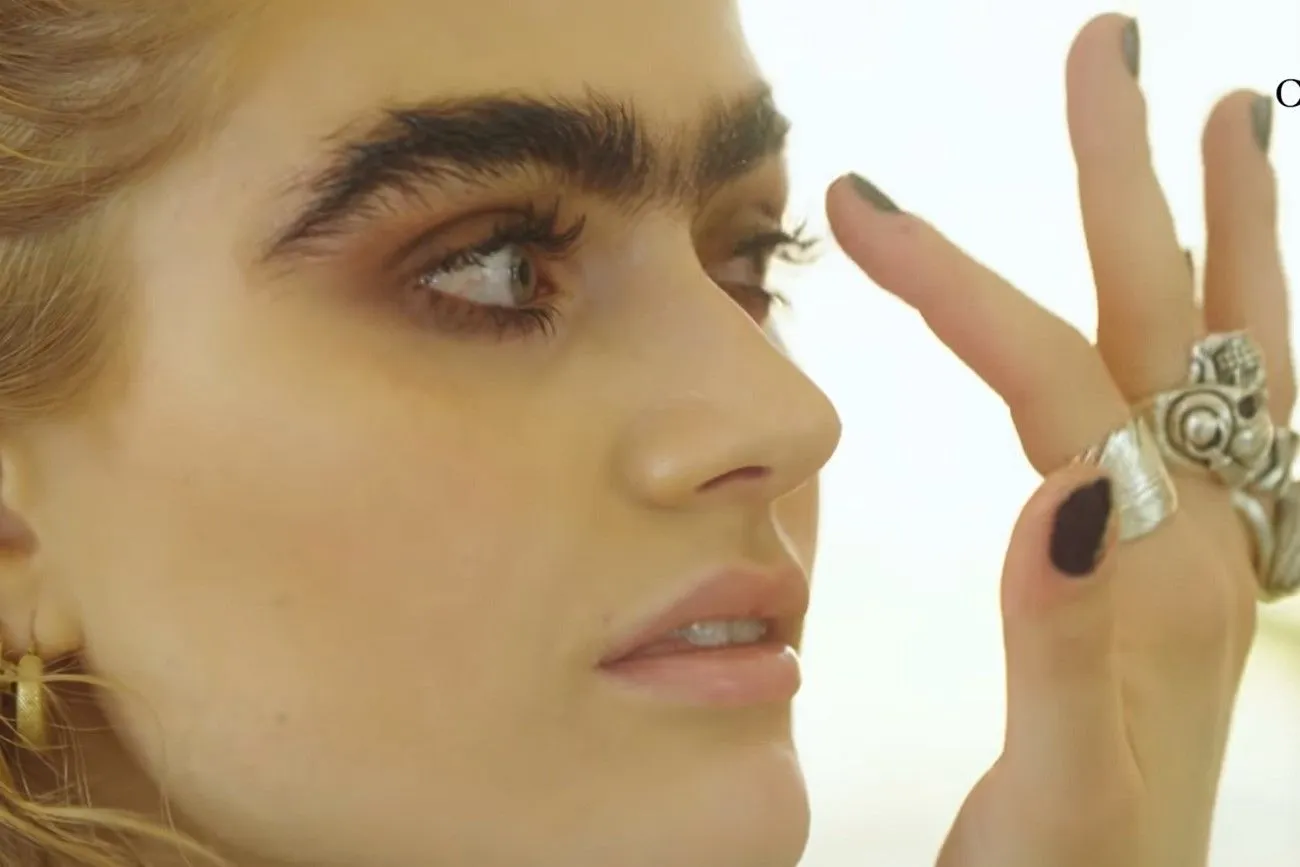 @Meet The Greek-Cypriot Model Owning Her Unibrow, Named Veronica/New York Magazine/YouTube.com
@Meet The Greek-Cypriot Model Owning Her Unibrow, Named Veronica/New York Magazine/YouTube.com
Alopecia
Alopecia is a disease that causes hair loss or baldness. One of the most prevalent illnesses in the world, it may affect both sexes. There are several alopecia illnesses, and genetics is only one of many possible causes of hair loss. Although there is no known therapy for alopecia, there are a number of options. Some people, like Swedish model Therese Hansson, have made the decision to accept their baldness. Hansson encourages other women to seek beyond what society deems to be attractive.
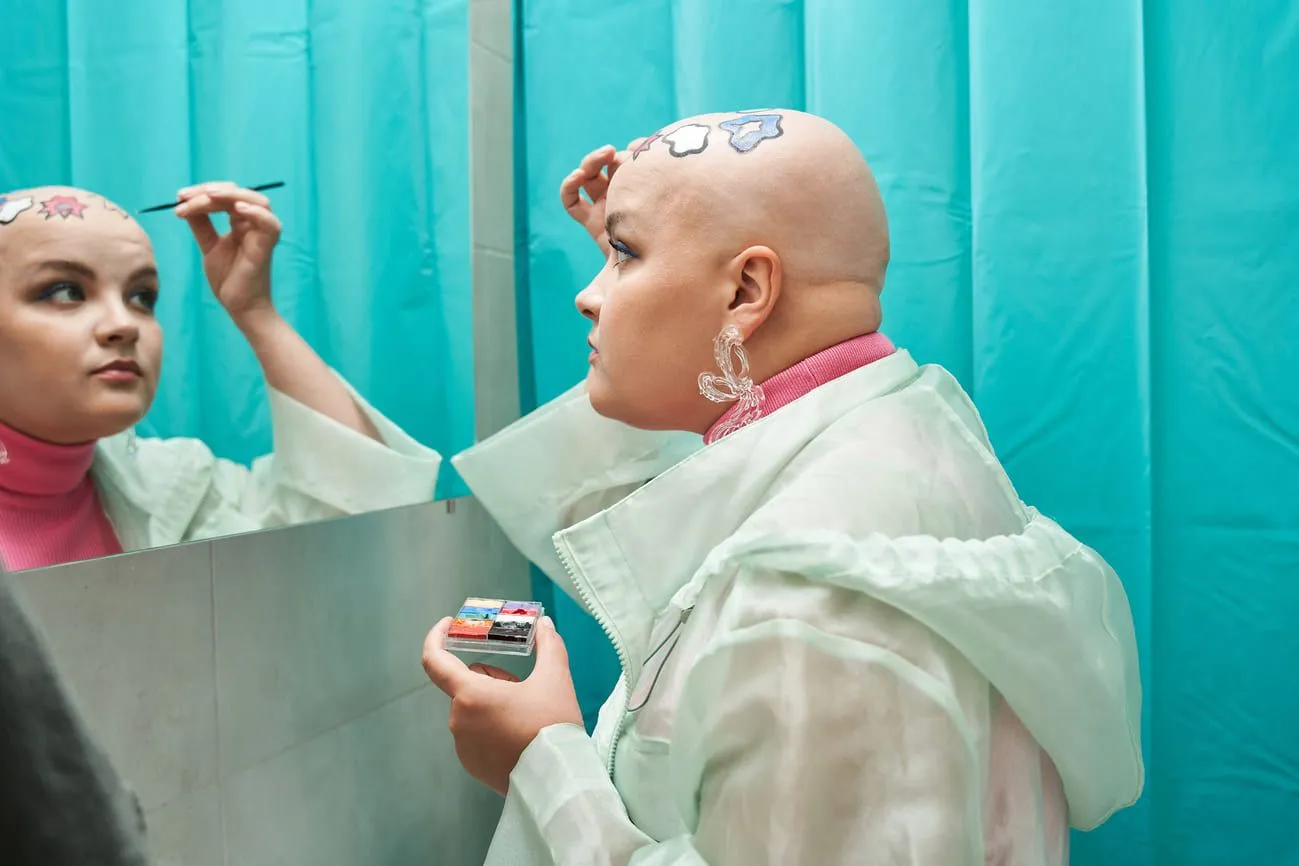
Ectodermal Dysplasia
Ectodermal dysplasia, a broad category of genetic illnesses, is defined by a major abnormality in the function of the hair, teeth, nails, or sweat glands. Along with the central nervous system, it can also have an impact on the lips, nose or mouth mucous membranes, ears, eyes, and eyes. Ectodermal dysplasia is a rare and distinct disorder that affects just one in 7,000 persons globally, despite the fact that there are more than 150 different ED syndromes. Models with ED issues are currently dominating the fashion industry.
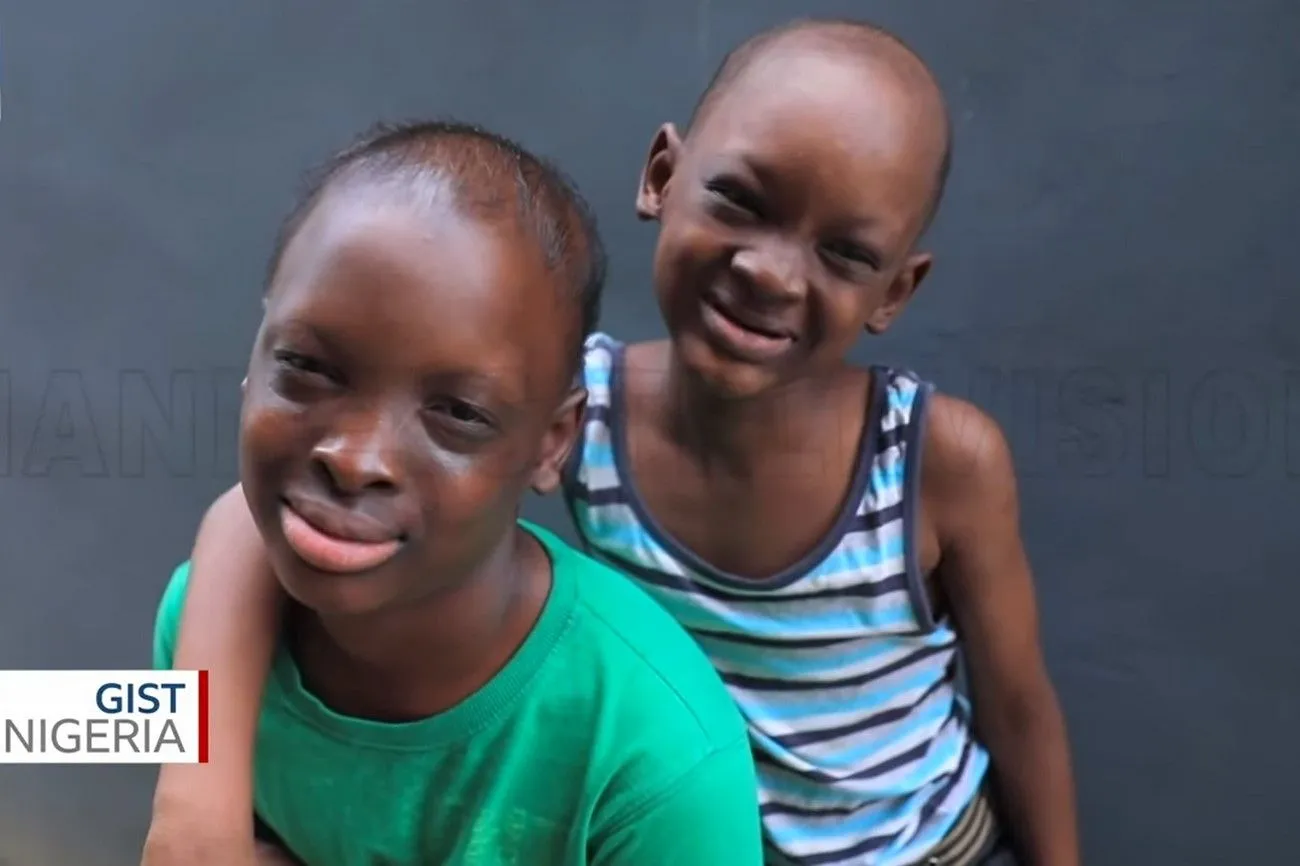 @Ectodermal Dysplasia: Mother Of Children With Disorder Creates Support Platform/Channels Television/YouTube.com
@Ectodermal Dysplasia: Mother Of Children With Disorder Creates Support Platform/Channels Television/YouTube.com
Marfan Syndrome
The connective tissues of the body, which are in charge of preserving the body's structure and supporting internal organs, are impacted by this genetic condition. Typically, the heart, eyes, and bones are all affected by the condition. This condition frequently affects tall, skinny individuals with long arms and fingers. Javier Botet, a Spanish actor, received the diagnosis while he was a youngster. Due to his distinctive look, the actor has landed leading parts in horror movies including Slender Man.
 @What are the signs and symptoms of Marfan syndrome?/WPLG Local 10/YouTube.com
@What are the signs and symptoms of Marfan syndrome?/WPLG Local 10/YouTube.com
Blue Eyes
Let's face it, blue eyes are really attractive. Many individuals would go to great lengths to obtain eyes like these. Blue eyes aren't as prevalent as you would expect, it turns out. Only 8% of people worldwide have blue eyes due to their hereditary recessive nature. It is alleged that a HERC2 gene mutation can result in a person having blue eyes from birth, further demonstrating how uncommon and extraordinary this characteristic is.
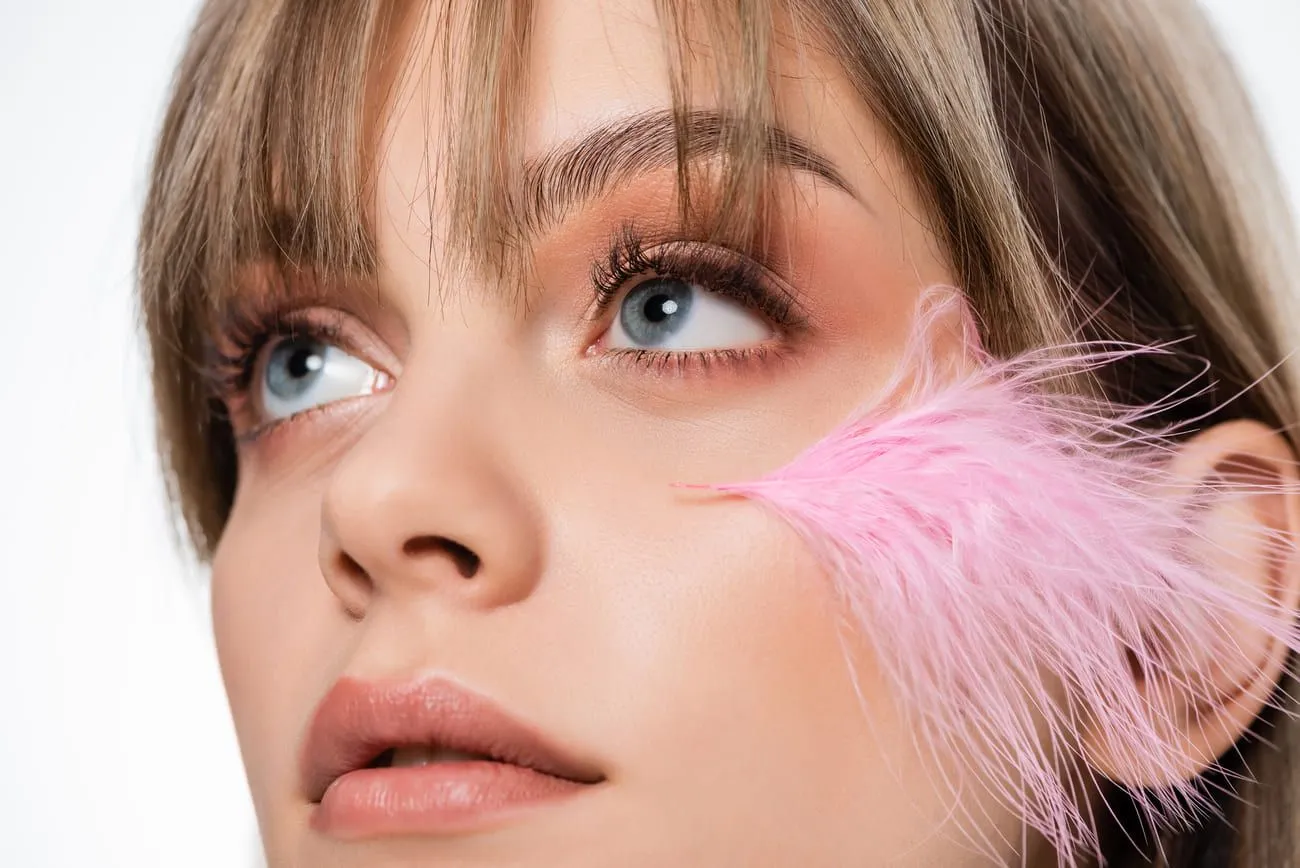
Distichiasis
We are all aware of how much people like eyelashes. There are many other lash treatments available nowadays, such as lash extensions, lash perms, and even lash tinting. However, some people are fortunate enough to have two rows of eyelashes. This is the outcome of a deficiency of some kind, a disorder known as distichiasis. Conjunctivitis, styes, photophobia, corneal irritability, photophobia, and drooping eyelids are all common symptoms of this illness.
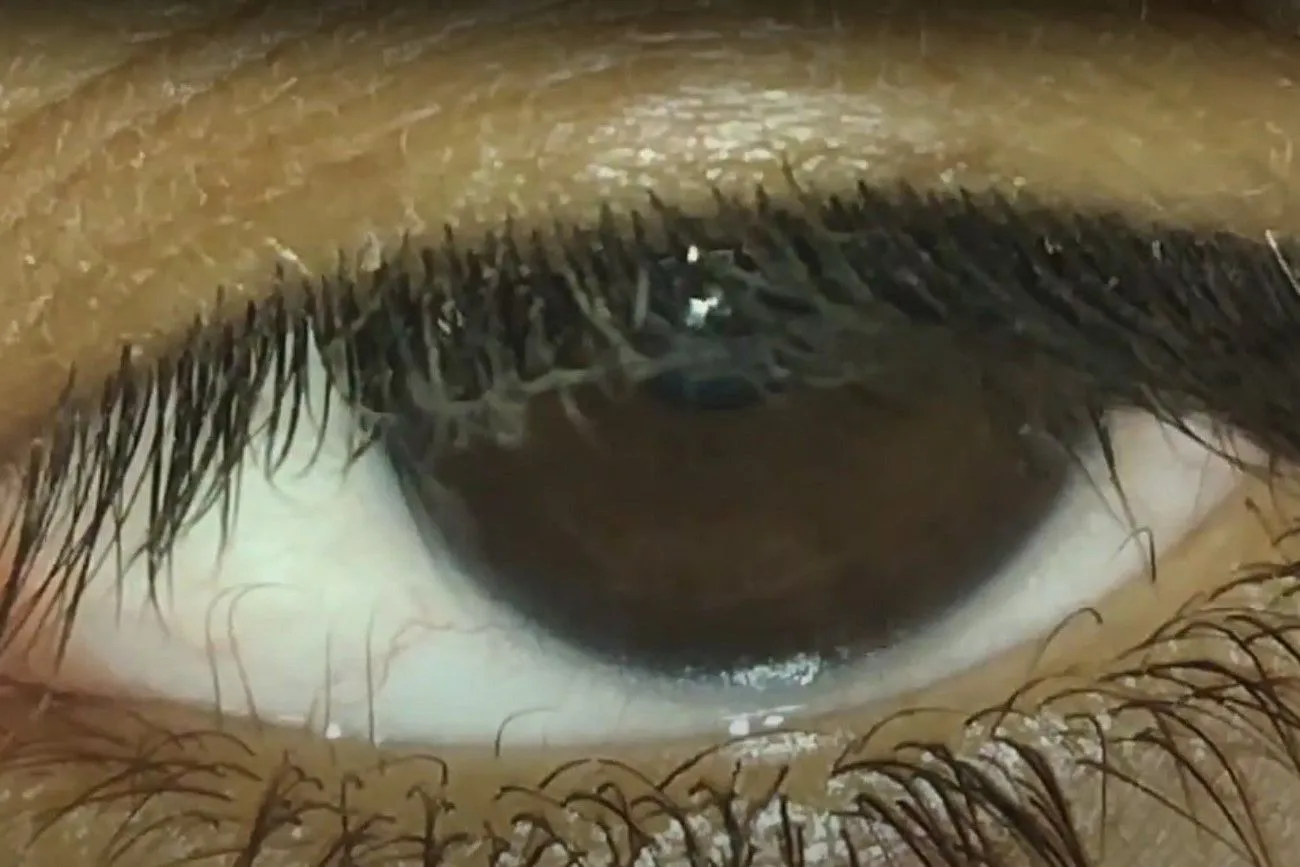 @Distichiasis/Sharjeel Eye/YouTube.com
@Distichiasis/Sharjeel Eye/YouTube.com
Anisocoria
Anisocori is a condition when the pupils of the eyes are not proportionately the same size. It can be completely innocuous and affects up to 20% of people, but it can also be an indication of more significant health issues. When the size of the eye pupils differs by at least 0.4 mm, the condition is said to exist. Anisocoria can be brought on by benign, healthy, or even life-threatening illnesses. Anisocoria, on the other hand, is typically a benign discovery with no further symptoms.
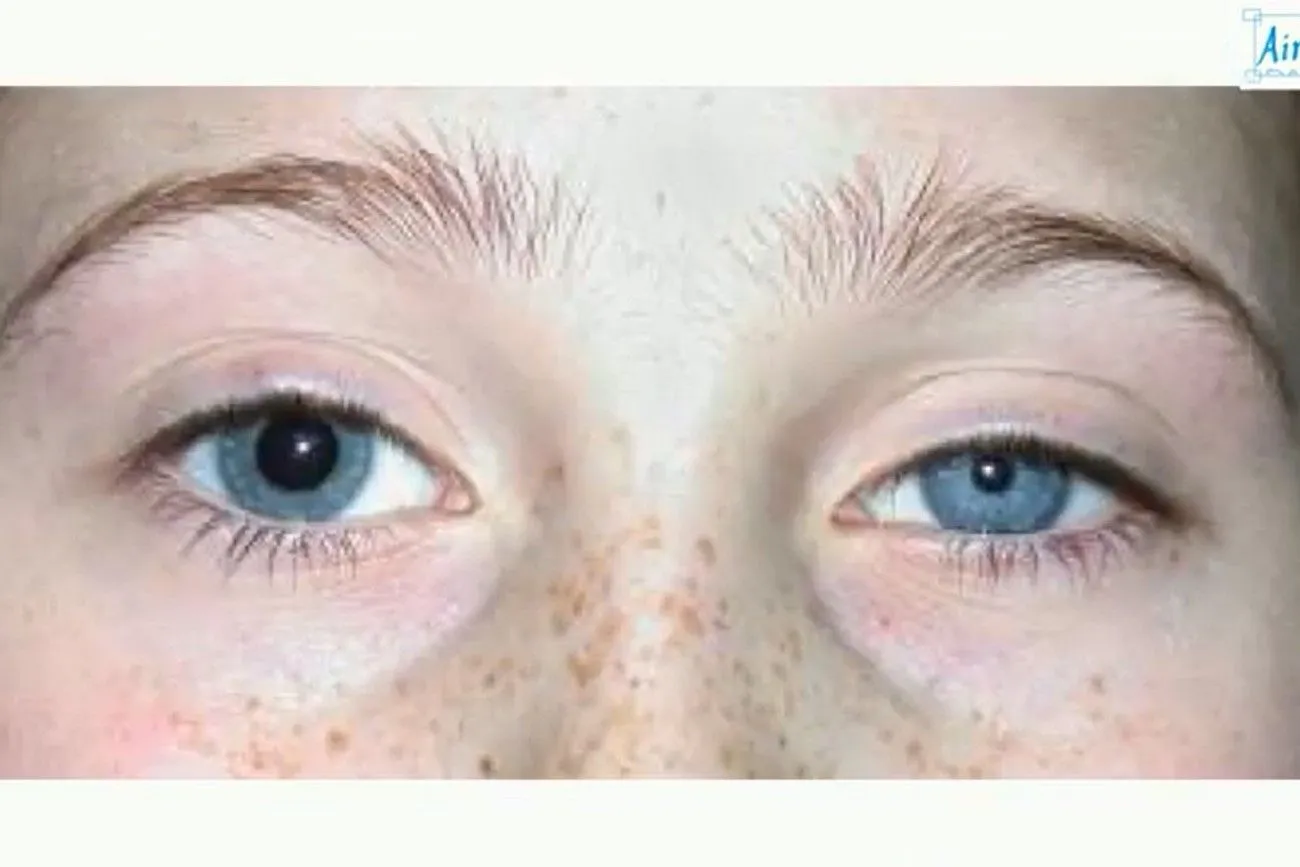 @anisocoria/Air to air/YouTube.com
@anisocoria/Air to air/YouTube.com
Sleep
One of the most cherished, not to mention important, activities for the human body is sleep. We tend to value sleep more and more as we become older. However, some people have difficulty falling asleep. Your body requires sleep to exist and function, thus this might lead to a variety of problems. However, you might not be aware that there is a particular gene called BHLHE41. You are genetically resistant to sleep deprivation if you possess this gene. In other words, even with less sleep, you can still benefit from a full night's slumber.

Webbed Toes
Webbed feet are generally associated with water creatures like frogs or ducks. It turns out that human appendages, particularly toes, may have webs as well. The cause of webbed toes is mainly unknown, and the disorder is not particularly prevalent. The second and third toes are often joined by a layer of skin. Although there are procedures available now to repair and separate the webbing, many individuals merely opt to accept this oddity.
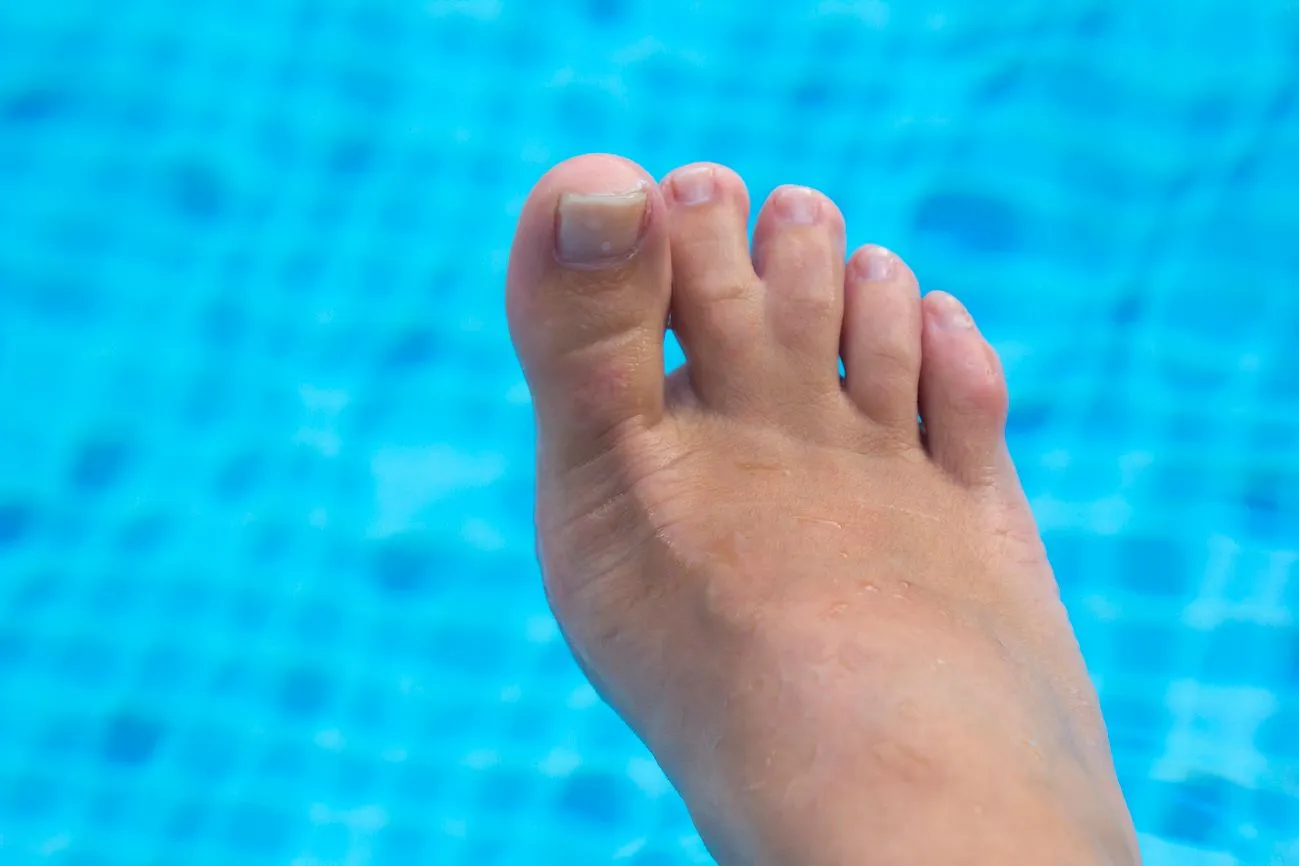
Navel
While a belly button doesn't have quite as many variations as a fingerprint, there are still many different kinds. According to a widely accepted idea, the way the umbilical chord was severed after delivery affects the form of the navel. That theory is untrue, though. The umbilical chord is really severed when you are born, leaving a little remnant known as the umbilical stump. This stump disappears one to two weeks after delivery, leaving just your belly button. To put it another way, your belly button is really just a scar. Depending on how your skin heals and develops, it will either be an innie or an outie. 90% of people have innies, 10% have outies, and some people don't even have innies.

Many Moles
The presence of many moles, also known as multiple or numerous nevi, is a phenomenon that occurs in some individuals. Moles, medically referred to as melanocytic nevi, are pigmented spots or patches on the skin caused by an accumulation of melanocytes, the cells responsible for producing the pigment melanin. While it is common for most people to have a few moles, some individuals develop a significantly larger number of moles across their body. This occurrence is often attributed to genetic factors and is known as the "many moles" phenomenon. The exact genetic mechanisms behind the development of numerous moles are not fully understood. However, it is believed that variations in specific genes, such as those involved in regulating melanocyte growth and proliferation, may contribute to the increased formation of moles.
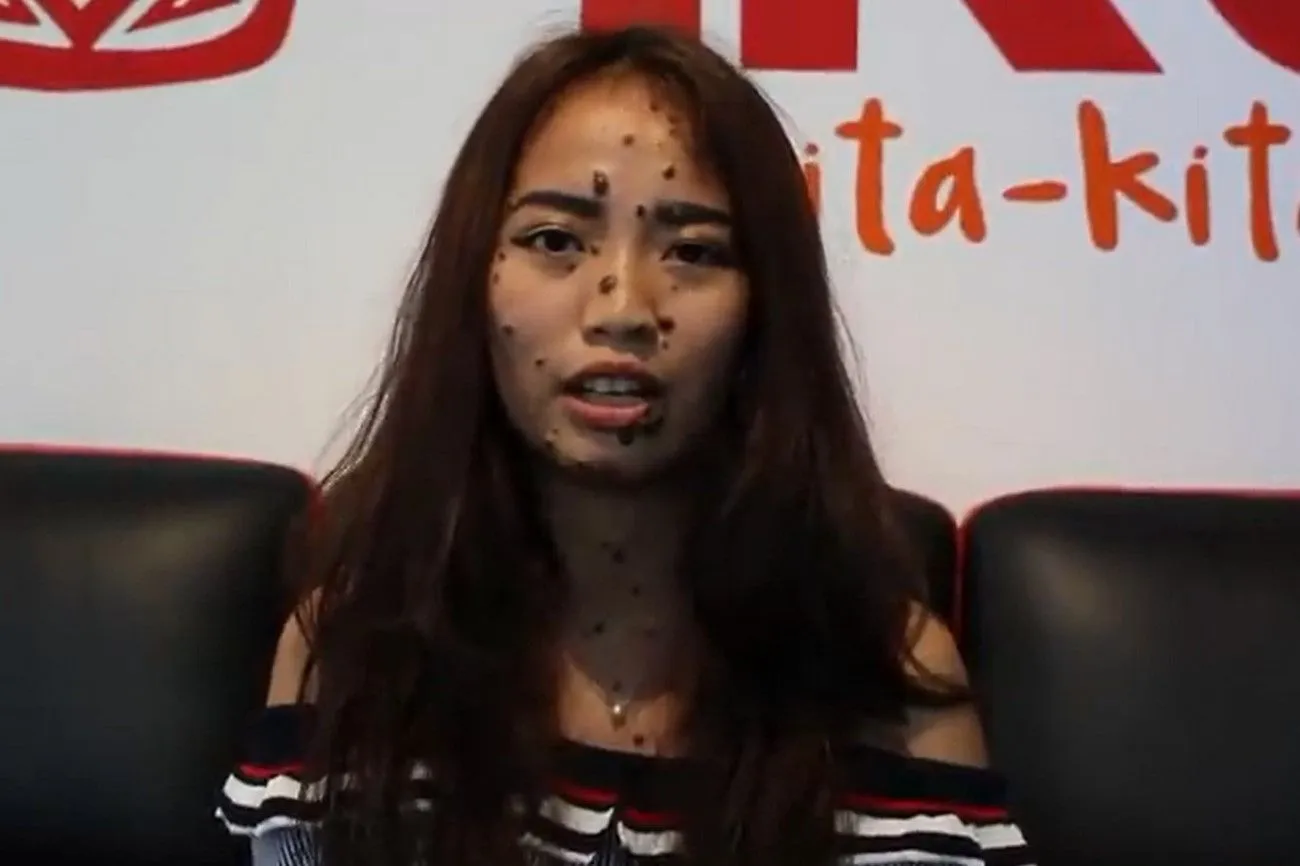 @Kata kata Semangat Dari Evita Delmundo kepada anda semua!/KUPI TV/YouTube.com
@Kata kata Semangat Dari Evita Delmundo kepada anda semua!/KUPI TV/YouTube.com
Hyperpigmentation or Melasma
For any parent, having a kid is an incredible experience. Unfortunately, hormonal changes brought on by pregnancy can have a range of effects on the body. The overproduction of pigment cells in our skin might be brought on by hormonal changes during pregnancy. This may result in areas of dark brown or grey skin, a disorder known as melasma. The patches may resemble little freckles or they may completely cover the face. The "mask of pregnancy" is a common term used to describe this situation.
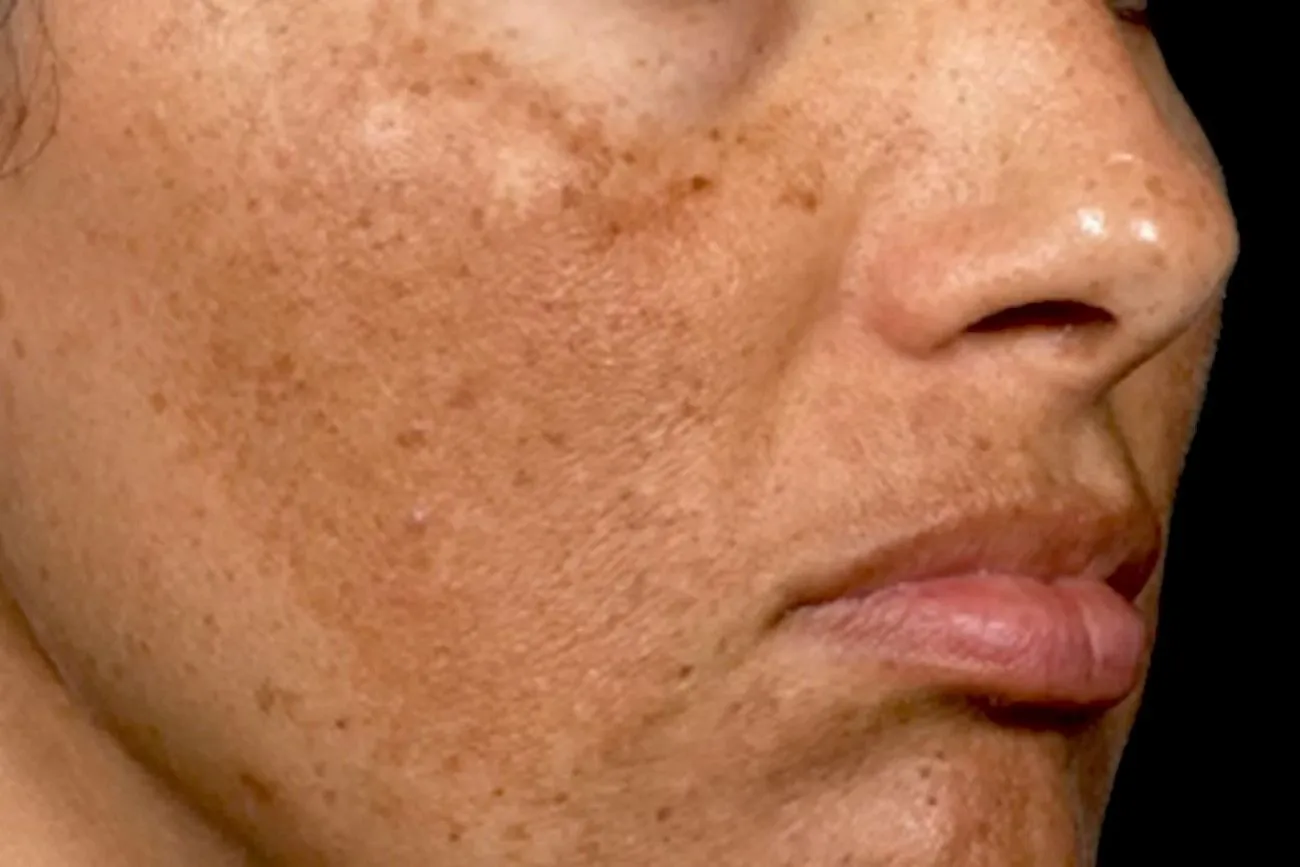 @Melasma mistakes that can ruin your skin and make hyperpigmentation worse!/DrAmirKaram/YouTube.com
@Melasma mistakes that can ruin your skin and make hyperpigmentation worse!/DrAmirKaram/YouTube.com
Congenital Amputation or Abnormalities
Congenital limb abnormalities can cause limbs to develop improperly or not at all. Others could decide to embrace their distinctive physique rather than adopt artificial limbs. Shortly after birth, the model Kanya Sesser was left outside of a Thai Buddhist temple. She was adopted at age five and relocated to the country. She currently plays basketball, skates, surfs, and skateboards in addition to modeling. She states that she will not allow her situation limit her, adding “No legs, no limits.”
 @Legless Skateboarder Aims For Paralympic Glory/truly/YouTube.com
@Legless Skateboarder Aims For Paralympic Glory/truly/YouTube.com
Cold Urticaria
Few individuals love dealing with the cold, but cold urticaria sufferers can experience severe responses as the temperature drops. Hives appear on the skin of those who have this ailment when it has been exposed to chilly temperatures. An ice cube is frequently pressed against the patient's skin to help doctors detect this uncommon condition. While the majority of patients experience itchy, swelling hives, the condition can sometimes result in anaphylactic shock. After only a few minutes of being outside, this person's arm broke out in hives.
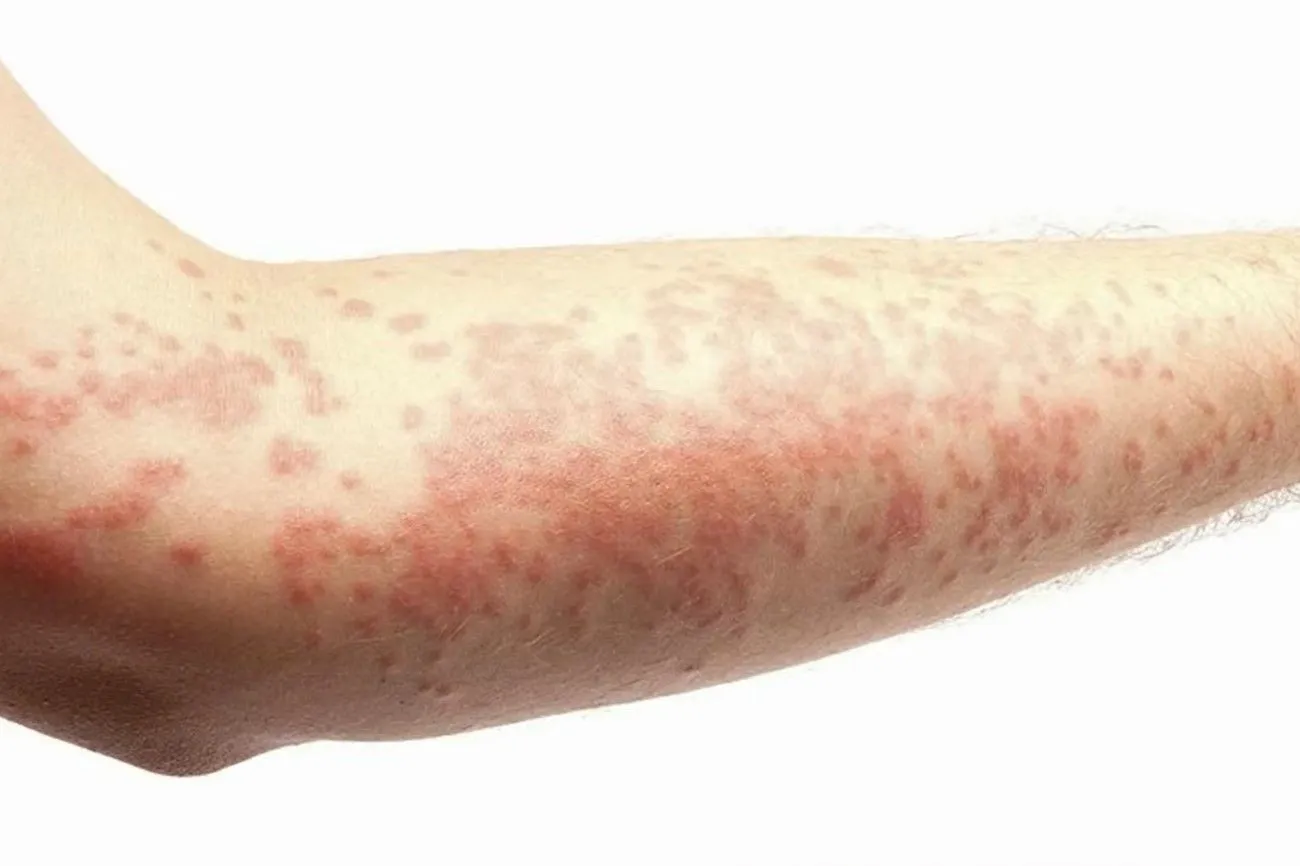 @URTICARIA & HIVES - Causes and Treatment of Itchy Skin Rash/SG Dr. Wellness/YouTube.com
@URTICARIA & HIVES - Causes and Treatment of Itchy Skin Rash/SG Dr. Wellness/YouTube.com
Photic Sneeze Reflex
Sneezing is brought on by this condition in reaction to various stimuli, such as staring at bright lights. Instead of a particular light wavelength, a shift in light intensity appears to be what triggers the reaction. You most likely have a photic sneeze response if you tend to sneeze after going outside and gazing at the sun. You could believe that everyone is affected by this ailment, yet just 18% to 35% of people worldwide are.

Tetrachromacy
Tetrachromacy is an uncommon eyesight disorder that enhances color perception. People with tetrachromacy are born with four unique color perception channels, whereas the average human eye has three cones. According to research, women are more likely than males to experience it. According to a 2010 research, this fourth color perception channel may be present in close to 13% of women. Tetrachromats seem to be less common among men. In essence, this tiny minority can sense "invisible" hues that everyone else cannot.
 @Concetta Antico - Worlds First Tetrachromat Artist - Gallery Showing/Concetta Antico/YouTube.com
@Concetta Antico - Worlds First Tetrachromat Artist - Gallery Showing/Concetta Antico/YouTube.com
Light Hair
Naturally blonde people are actually rather uncommon. In actuality, just 2% of the world's population are true blondes. This indicates that around one in twenty Americans are blondes by birth. The colorant eumelanin is the reason for the blonde hair. That being said, blonde hair is still widely worn. Unsurprisingly, one in three women colour their hair to a shade that qualifies as blonde even though only 16% of adults have naturally blond hair.
